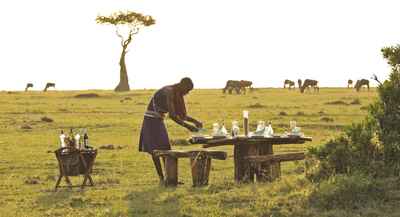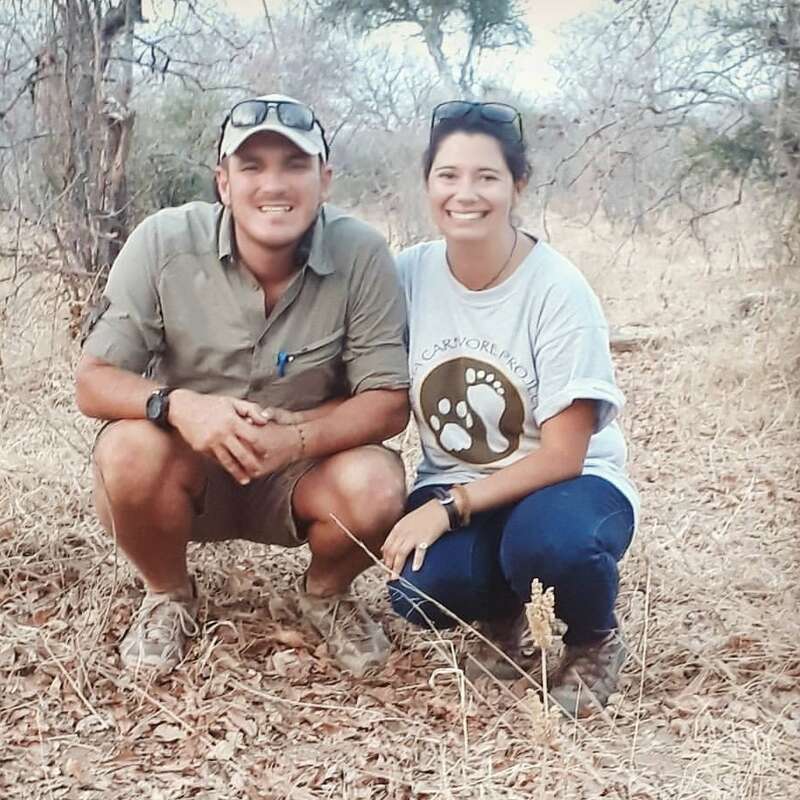About Saruni Wild
Saruni Wild is located in the Lemek Conservancy, on the border of neighbouring Mara North Conservancy, close ...
... to the Mara North airstrip. The location provides a wildlife-rich experience particularly between July and September when the wildebeest migration moves into the Mara. With just five simple tents, Saruni Wild is also one of the smallest and most intimate safari camps in Kenya.
It's hard to think of a camp in the Mara that is as remote as Saruni Wild. We loved its simplicity and were impressed by the standards of guiding and hosting. Though it's larger and more permanent than a fly-camp, it has that kind of feel and works really well in combination with a longer stay at the more established Saruni Mara. The result would be a really varied experience and for those looking for a touch of adventure we think this is a really fun option.
Our view
It's hard to think of a camp in the Mara that is as remote as Saruni Wild. We loved its simplicity and were impressed by the standards of guiding and hosting. Though it's larger and more permanent than a fly-camp, it has that kind of feel and works really well in combination with a longer stay at the more established Saruni Mara. The result would be a really varied experience and for those looking for a touch of adventure we think this is a really fun option.
Accommodation
Five tents
Children
Best for 12+
Open
All year
Activities

4WD Safari

Birdwatching

Cultural excursion

Fly-camping

Guided walking safari

Hot air ballooning

Night drive

Private activities
Traveller reviews of Saruni Wild
9 real, un-edited reviews from Expert Africa's travellers.
Arrived 9 Oct 2024, 5 nights
"Saruni Wild review"
Overall rating: Good
Arrived 25 Sep 2024, 4 nights
"Saruni Wild review"
Overall rating: Excellent
Arrived 19 Feb 2024, 4 nights
"Saruni Wild review"
Overall rating: Excellent
Arrived 30 Oct 2022, 3 nights
"Saruni Wild review"
Overall rating: Excellent
Arrived 22 Aug 2022, 3 nights
"Saruni Wild review"
Overall rating: Excellent
Arrived 24 Nov 2021, 1 nights
"Really peaceful with a beautiful setting"
Overall rating: Excellent
Arrived 30 Oct 2019, 3 nights
"Real Bush Feel"
Overall rating: Good
Arrived 16 Apr 2018, 2 nights
"Saruni Wild was a delight."
Overall rating: Excellent
Arrived 15 Aug 2017, 3 nights
"Saruni Wild review"
Overall rating: Excellent
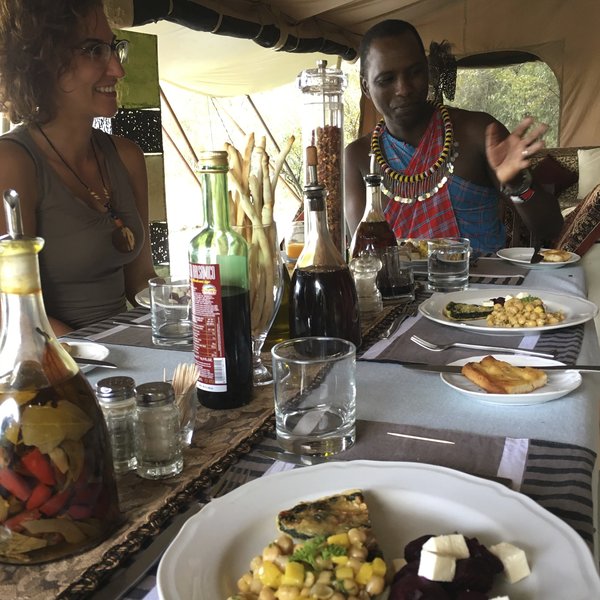
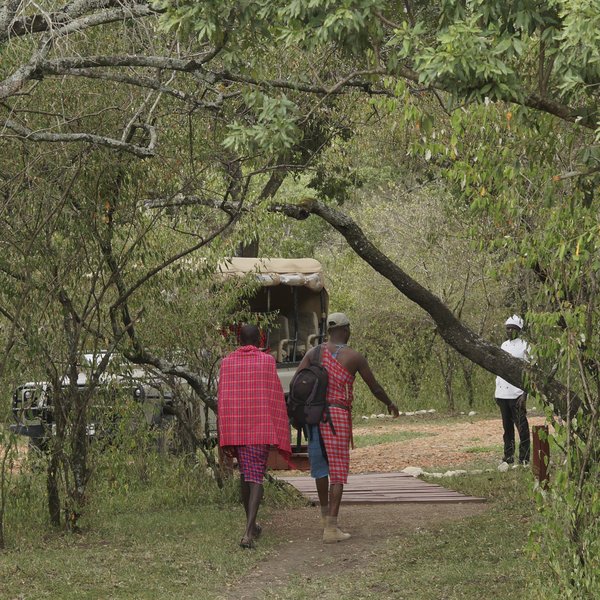
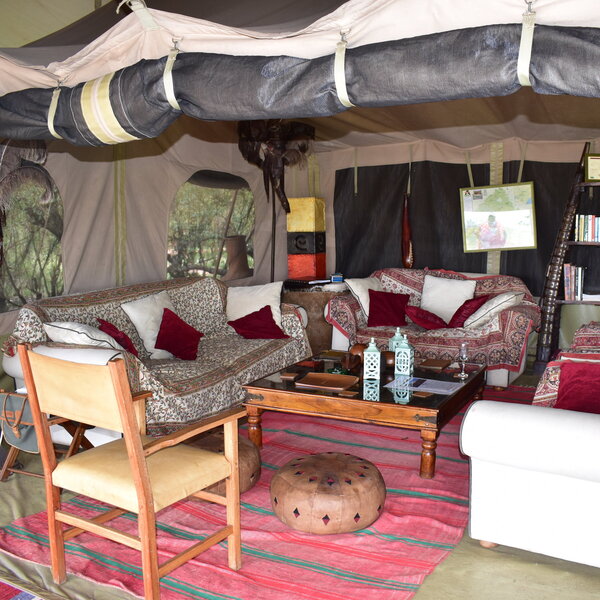
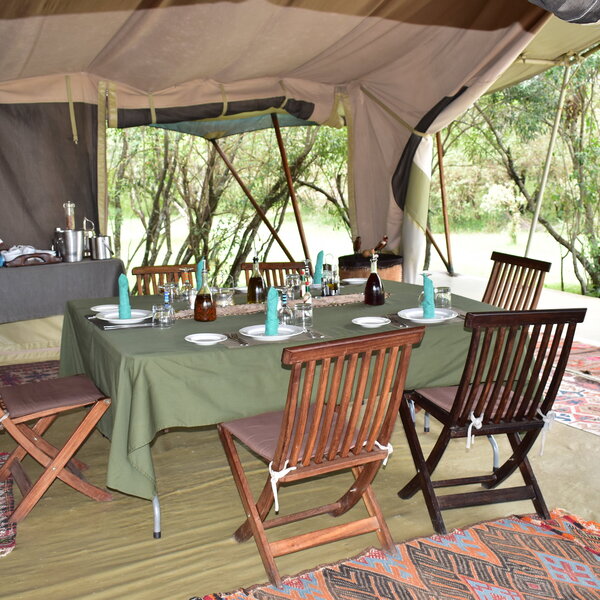
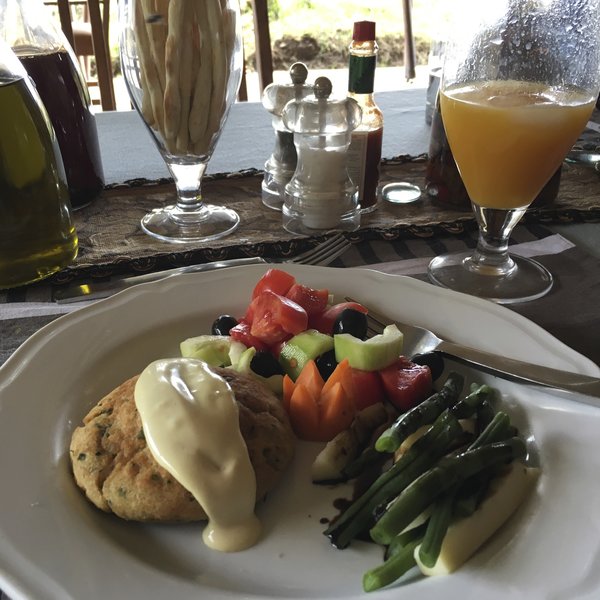
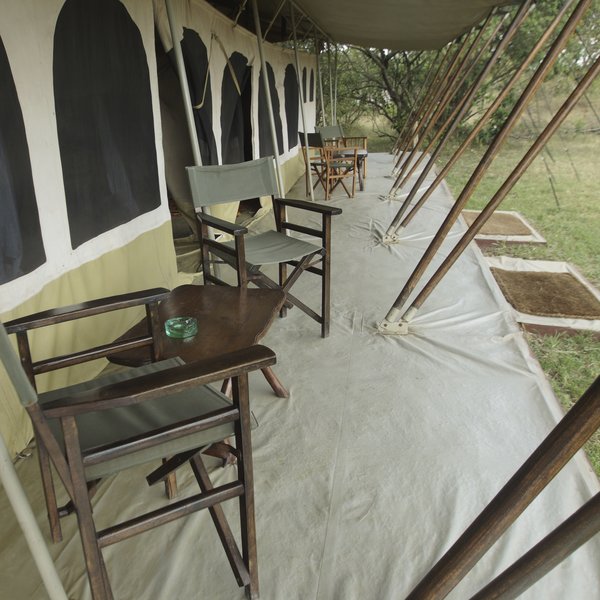
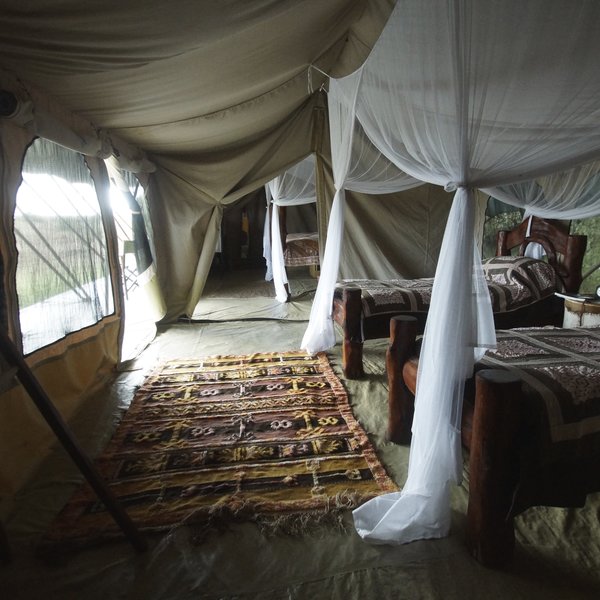
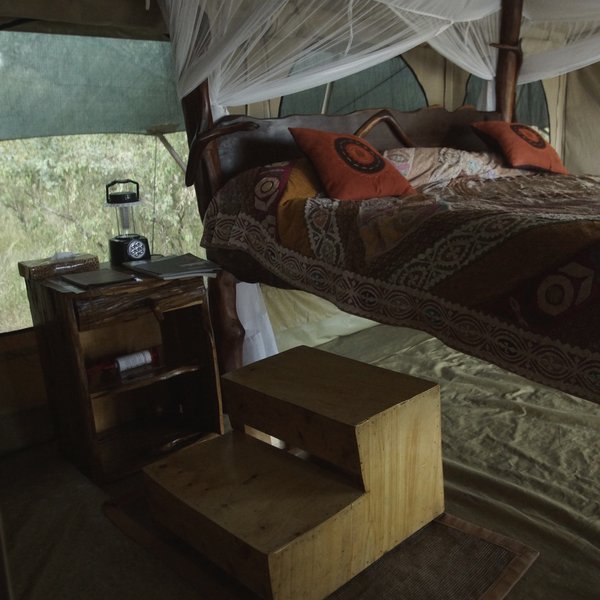
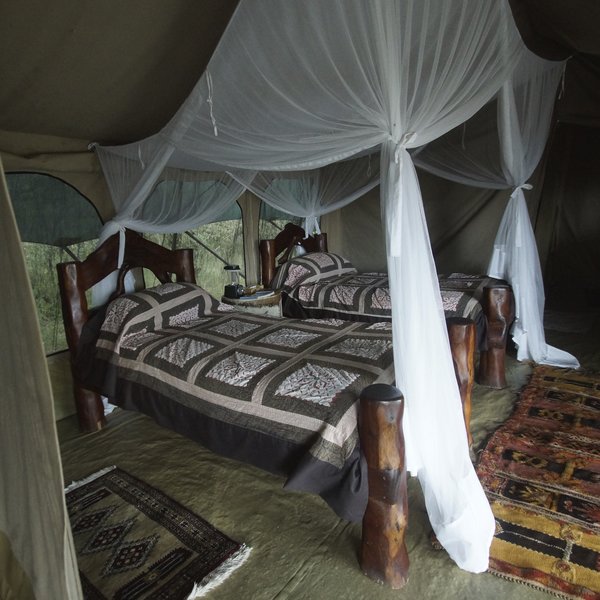
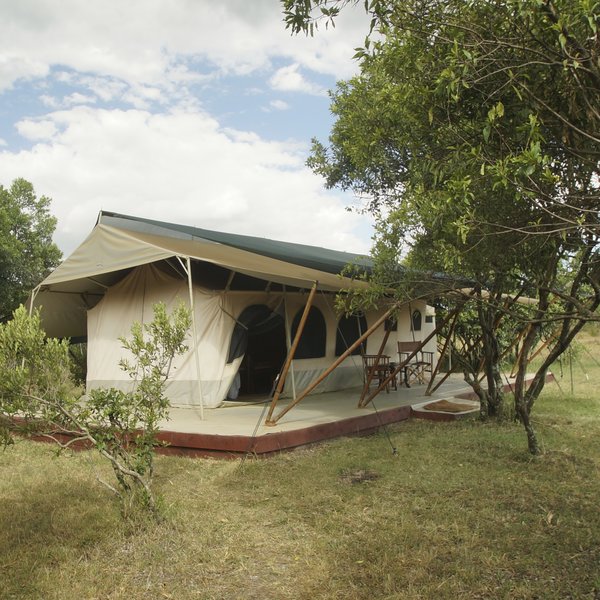
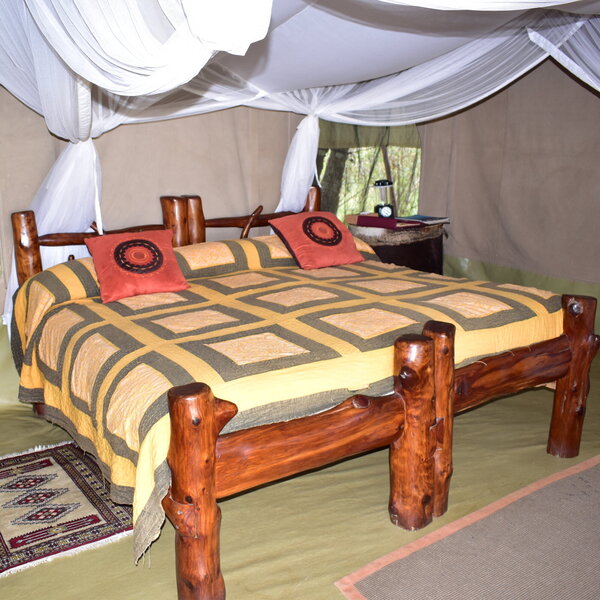
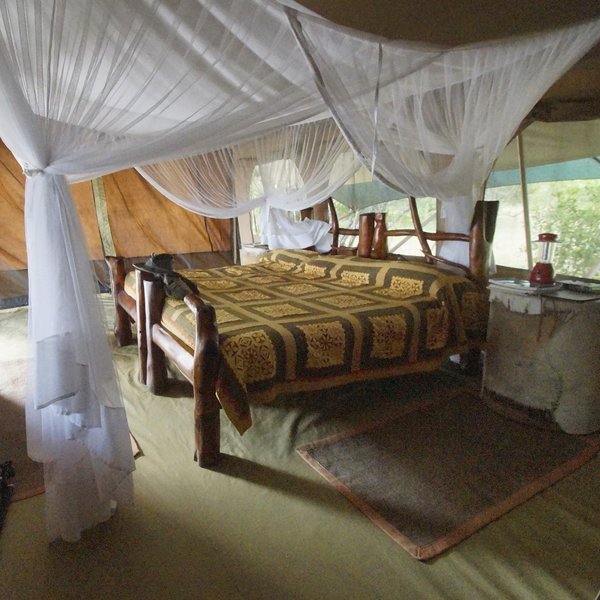
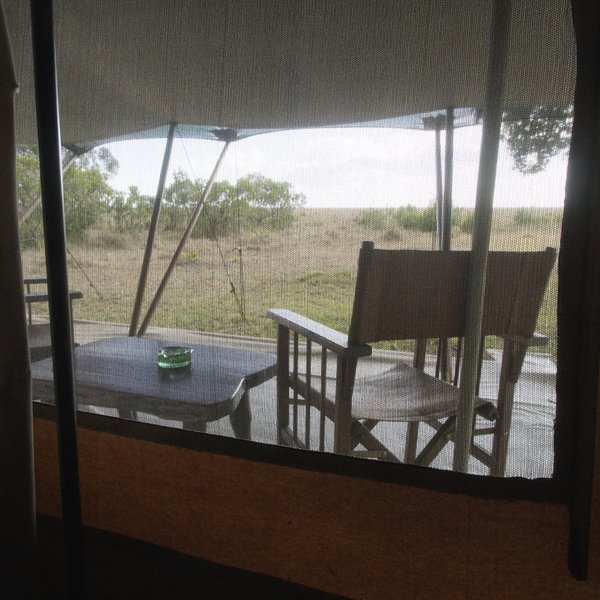
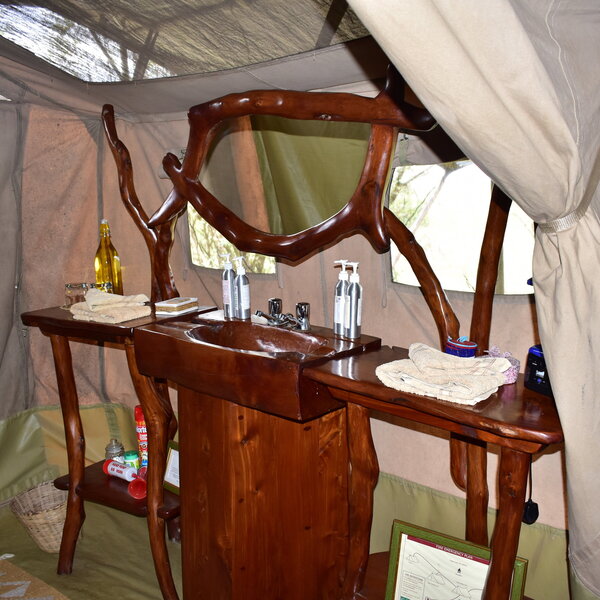
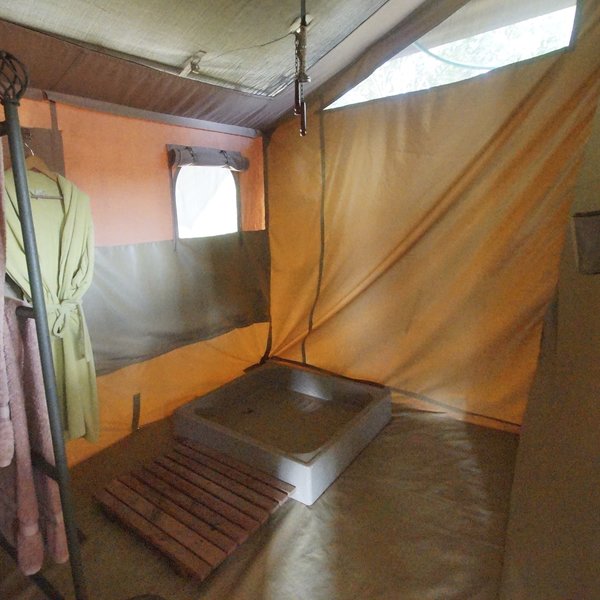
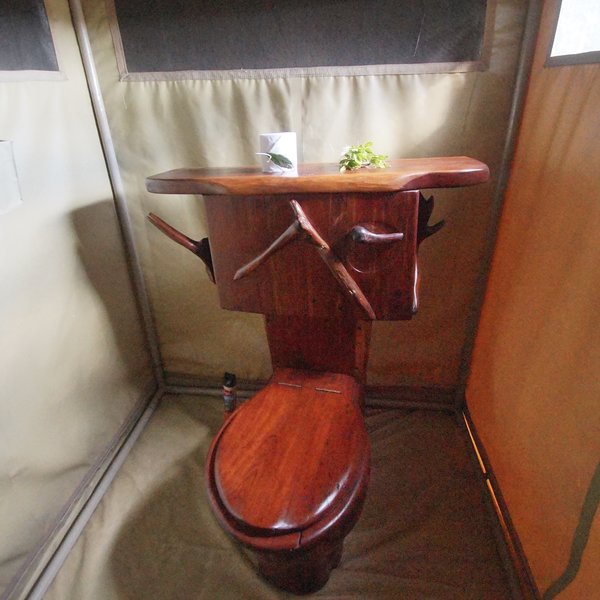
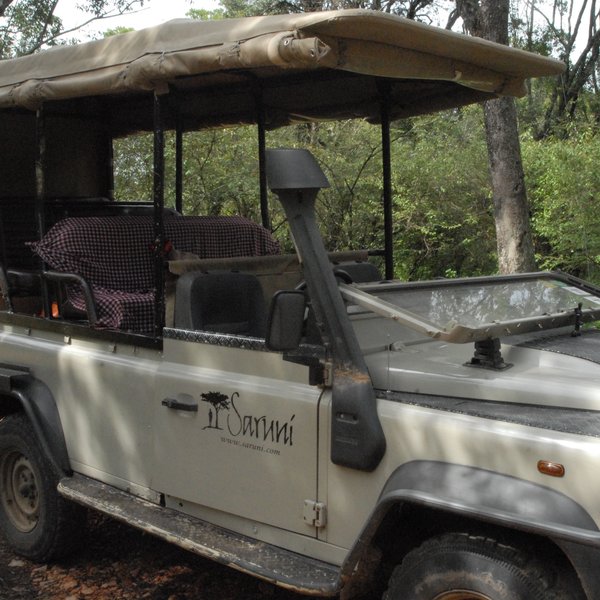
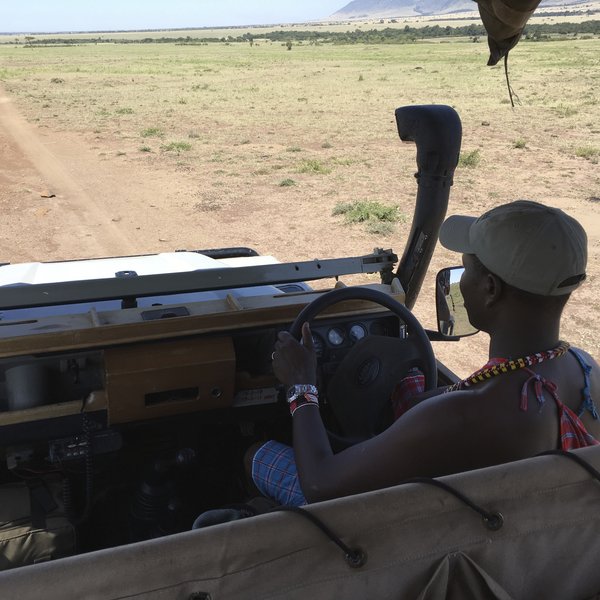
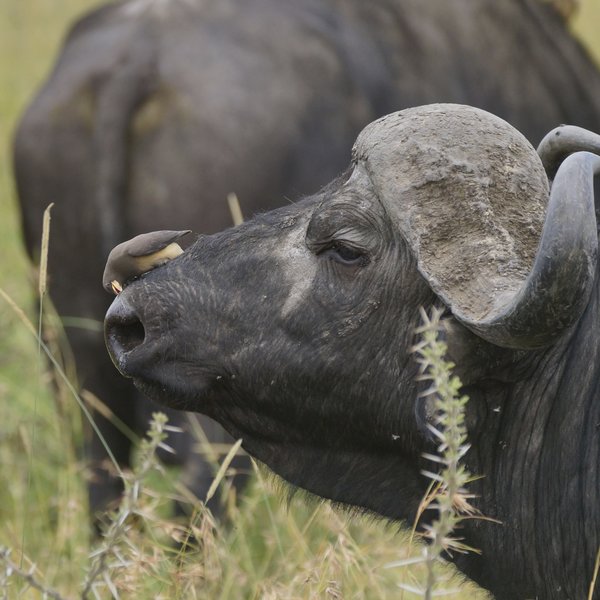
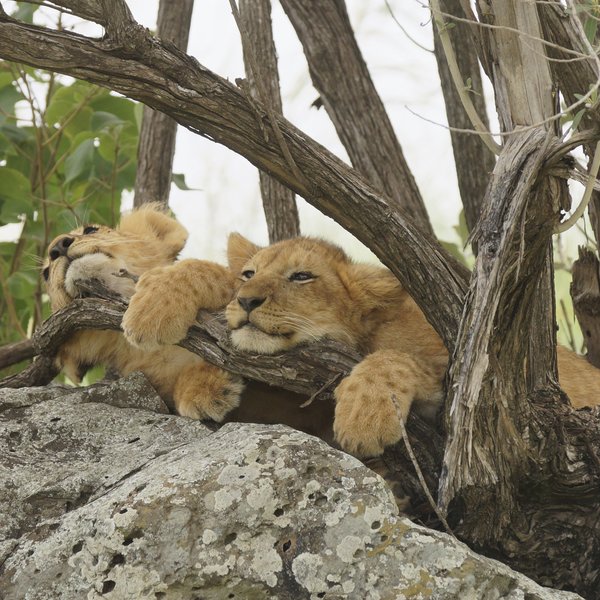
Expert Africa's gallery
When we travel we take lots of photos ourselves to give you a real and un-edited view of the safaris. See our 20 pictures of Saruni Wild to get the candid view.
View gallerySafaris visiting Saruni Wild
Just ideas, we'll always tailor-make a trip for you
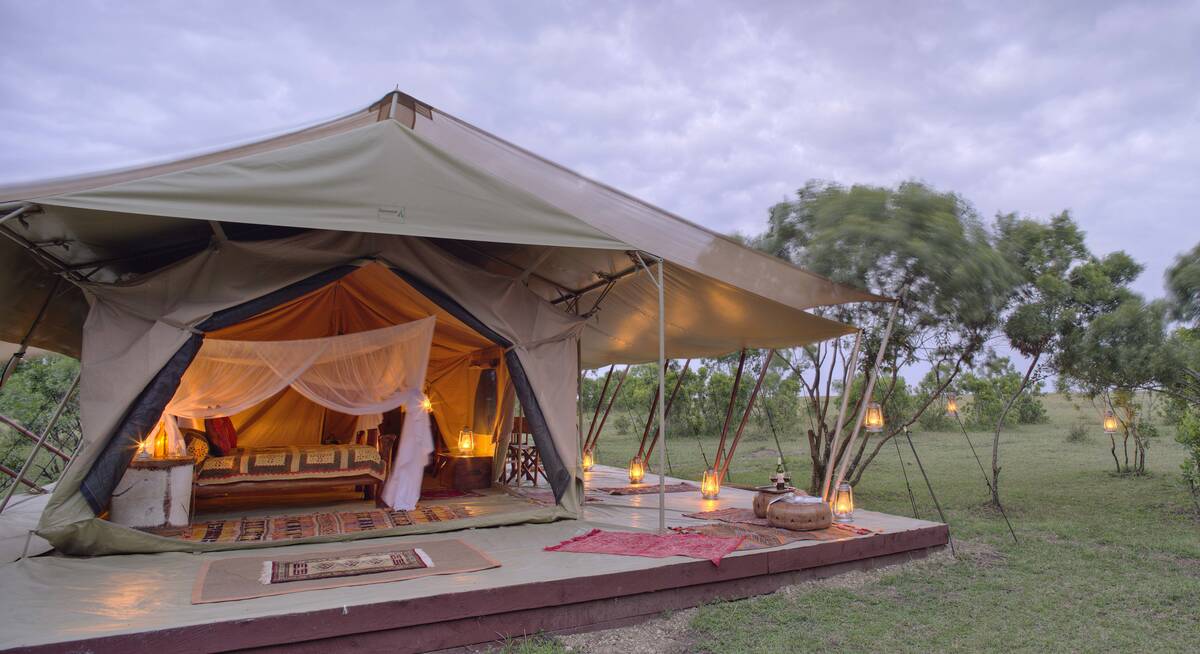
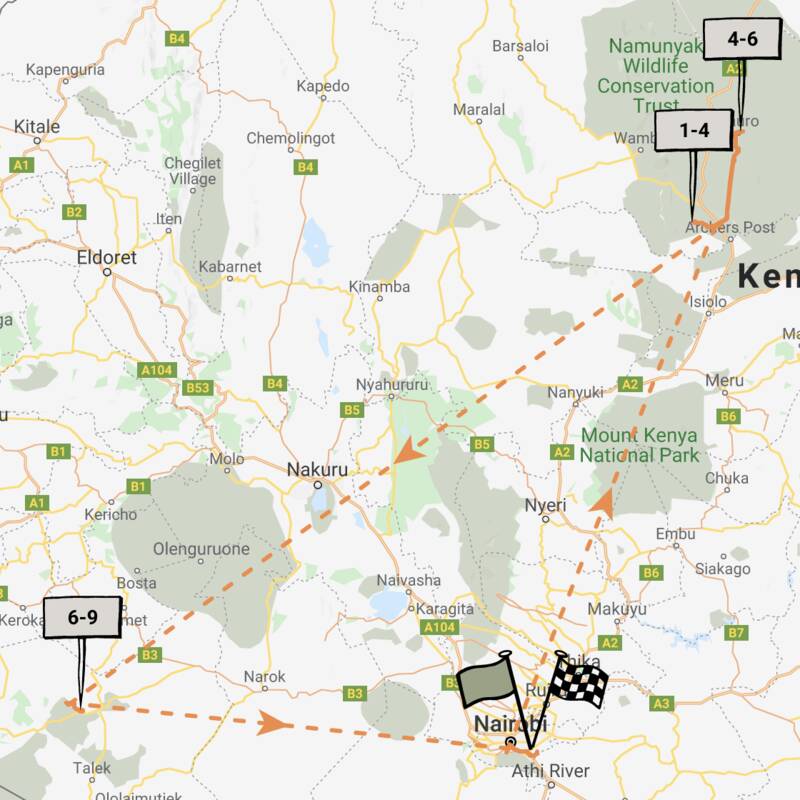
Lanner Falcon Fly-In Safari
8 days • 3 locations • 1 country
NAIROBI AIRPORT TO NAIROBI AIRPORT
Three sister camps offer access to wonderfully remote regions across northern Kenya and the Maasai Mara ecosystem. Enjoy an exclusive safari experience focused on great wildlife, superb guiding and considerable comfort, with a range of activities.
Visiting Samburu, Mara Conservancies and 1 other area
US$7,140 - US$8,400 per person
Saruni Wild: Our full report
Saruni Wild is located in the Lemek Conservancy, on the border of neighbouring Mara North Conservancy, close ...
... to the Mara North airstrip. The location provides a wildlife-rich experience particularly between July and September when the wildebeest migration moves into the Mara. With just five simple tents, Saruni Wild is also one of the smallest and most intimate safari camps in Kenya.
Saruni Wild is the sister camp of nearby Saruni Mara, the stylish Saruni Samburu and the newer Saruni Rhino.
Tucked into the bush in a shallow lugga or stream valley, Saruni Wild has lovely views out across the plains to the southwest. This area has resident elephant, giraffe, buffalo and impala. When we last stayed, three lions walked past our tent at about 8pm one evening, just as we were about to go to dinner, to the excitied surprise of the askari waiting nearby. Wild dogs have also been known to pass through the area, which is a rare occurrence across much of Kenya.
With just five tents, Saruni Wild is sometimes booked out privately for groups or families. We imagine that a group would have great fun in a wild bush camp like this with the main areas and the guide all to themselves. But the camp is also sold by the room, and so you don't have to take the whole camp over if you are travelling as a couple or on your own.
The central lounge and dining tent is simply furnished with a number of cream sofas set around a dark wood coffee table from the Swahili coast. The sofas are covered by colourful throws and red cushions which gives a really welcoming and homely feel. There is a communal dining table here too which is sometimes set inside, and sometimes outside for dining under the stars. Meals are sociable and usually hosted by the manager and/or a senior guide, though the managers from Saruni Mara often drive down to join you as well. There are directors chairs on the veranda in case guests want to sit outside and bird-watch. At night, a campfire is lit which is a lovely place for guests to relax, have a drink and listen to the sounds of the bush.
There are just five canvas tents at Saruni Wild, and it's this small size that differentiates Saruni Wild from other camps in the area. All the tents are decorated in the same way with woven rugs on the floor, large comfortable beds with chunky and rustic wooden frames and bed side tables. Bottled water is provided in the rooms, as is bug spray and a sound horn for emergencies. Little luxuries such as bathrobes make this a comfortable camp, though we felt that some furniture was lacking inside - at least a chair and table. There are no power points in the tents and electronics can only be charged in the communal area.
One of the tents is a family tent consisting of two adjoining tents with a zip between them. This can be opened up into one large tent – with a double and two twin beds.
The ensuite bathrooms are simple, and include a beautifully made wooden sideboard with a mirror in front, and a single wash basin with a tap and cold running water from a tank outside. This same tank feeds the surprisingly pretty flush loo that feeds into a hygienic soakaway. The shower is a traditional safari shower, in other words a bucket filled with warm water hoisted up outside your tent by the room attendant on demand. This then allows gravity to draw the water down through a shower head inside the tent. Warm water is always available – you just have to ask. Toiletries are provided.
Saruni Wild have rights to do their game drives in Lemek, Ol Choro Oirouwa and Mara North Conservancy, as well as the main Maasai Mara National Reserve (extra fees payable), which opens up a vast area to explore.
Activities
4WD Safari
Birdwatching
Cultural excursion
Fly-camping
Guided walking safari
Hot air ballooning
Night drive
Private activities
Families & children
- Attitude towards children
- Children are welcome at Saruni Wild.
- Property’s age restrictions
- None
- Special activities & services
- For children over the age of six, the “warriors for a week" programme brings Maasai boys into interaction with visiting children.
- Equipment
- There's a baby cot at Saruni Mara, but no high chairs are available.
- Generally recommended for children
- Saruni Wild, is as the name suggests - quite a wild camp better suited to older and more mature children.
- Notes
- This camp is unfenced and located in quite a bushy area. Parents must be vigilant, and be responsible for their children at all times.
Food & drink
- Usual board basis
- Full Board & Activities
- Food quality
- The food at Saurni Wild is the same menu as Saruni Mara and so as with the main camp, it is also influenced by its Italian owner. You can expect lots of flavour and excellent pasta dishes. Saruni Wild, Saruni Mara and Saruni Samburu operate a shared weekly menu so as to avoid repeats for guests who are doing the circuit.
Saruni Wild offers both a bush breakfast, and a breakfast in camp depending on what suits each guest. If you decide to take breakfast out with you then it is still a good spread with yoghurt, cereals, bread, boiled eggs and cold sausages. There is also coffee, juice and fresh fruit. If you have breakfast in camp you simply have more choice of all the same items as well as a full cooked breakfast.
Lunches might also be in camp or out in the bush. In the bush it would usually be a number of cold salads and pasta dishes as well as fresh bread and some sliced meat. In camp the lunch is a bit more substantial with a pasta starter, a main course and a desert.
Then the evening dinners at Saruni Wild start with nibbles, and then three courses are served to the communal table. - Dining style
- Group Meals
- Dining locations
- Indoor and Outdoor Dining
- Further dining info, including room service
- Meals at Saruni Wild are usually communal and hosted by one of the guides or a manager from Saruni Mara who will often be in camp.
- Drinks included
- All drinks are included except for premium wines and spirits, and Champagne.
Our travellers’ wildlife sightings from Saruni Wild
Since mid-2018, many of our travellers who stayed at Saruni Wild have kindly recorded their wildlife sightings and shared them with us. The results are below. Click an animal to see more, and here to see more on our methodology.

100% success

100% success

100% success

100% success

100% success

100% success

100% success

80% success

80% success

80% success

60% success

25% success

25% success

25% success

0% success

0% success
Getting there
- Location
- Maasai Mara Conservancies, Kenya
- Ideal length of stay
- A night or two is perfect when in conjunction with a longer stay at Saruni Mara
- Directions
- Saruni Wild is a 20-minute direct drive from Mara North airstrip, from where a direct flight to Wilson Airport, Nairobi takes around 45 minutes.
- Accessible by
- Fly-and-Transfer
Communications
- Power supply notes
- There is no electricity in the tents, so guests charge their batteries in the lounge tent, which has power 24 hours a day.
- Communications
- There is limited phone signal (patchy Safaricom and Airtel, but no 3G), and no WiFi at Saruni Wild. Guests who urgently require these will have to pop up to Saruni Mara which is about a 30 minute drive away.
- TV & radio
- No.
- Water supply
- Transported in
- Water supply notes
- Water is brought in by bowser from Aitong spring. Hot water is brought for washing and showering via safari bucket showers. Bottled drinking water is supplied.
Health & safety
- Malarial protection recommended
- Yes
- Medical care
- All the guides at Saruni Wild are first-aiders. Aitong clinic is not far away and for serious emergencies medevac helicopters can land nearby.
- Dangerous animals
- High Risk
- Security measures
- Askaris are on patrol at night at Saruni Wild.
- Fire safety
- Saruni Wild has no fire extinguishers at present.
Useful info
- Disabled access
- Not Possible
- Laundry facilities
- Laundry from Saruni Wild is hand-washed and line-dried and included in the rates, but in common with most camps, ladies' underwear is not washed for cultural reasons (washing powder is provided in the bathrooms for hand-washing any items).
- Money
- Saruni Wild cannot offer any currency exchange.
- Accepted payment on location
- All major currencies are accepted in cash at Saruni Wild. Saruni Mara up the road will also take Mastercard and Visa credit cards for which there is a no surcharge.
Plan and book your trip with Expert Africa
All of our trips are tailor-made, so we'll always adapt them to suit you. Talk to an Expert and let us plan and arrange your perfect trip.

Talk to an Expert
Call or email us now! We’ll match you with the Specialist in our team who is best suited to help you. Then together we can start planning your trip.

Set up your itinerary
Based on our experience and your ideas, your specialist will create a detailed, costed itinerary. We’ll refine it together, until we have a trip that you’re perfectly happy with.

Prepare for your trip
The same Specialist will make the seamless arrangements for your trip, send you detailed travel documents, and be available to answer any questions before you depart.

Travel with peace of mind
After you set off, you’ll be cared for by our partners in Africa, most of whom have worked with Expert Africa for decades. And if you ever need us urgently, we’re available 24/7.

When you return
We love to learn about your trip, and so will always be grateful if you’ve the time to give feedback to your Specialist when you return.
Saruni Wild's location
Look closer at the environment and surroundings of Saruni Wild.
Excursions from Saruni Wild
Optional extra day-trips and excursions possible whilst you're staying at Saruni Wild. Talk to us: these are usually best arranged before you go.
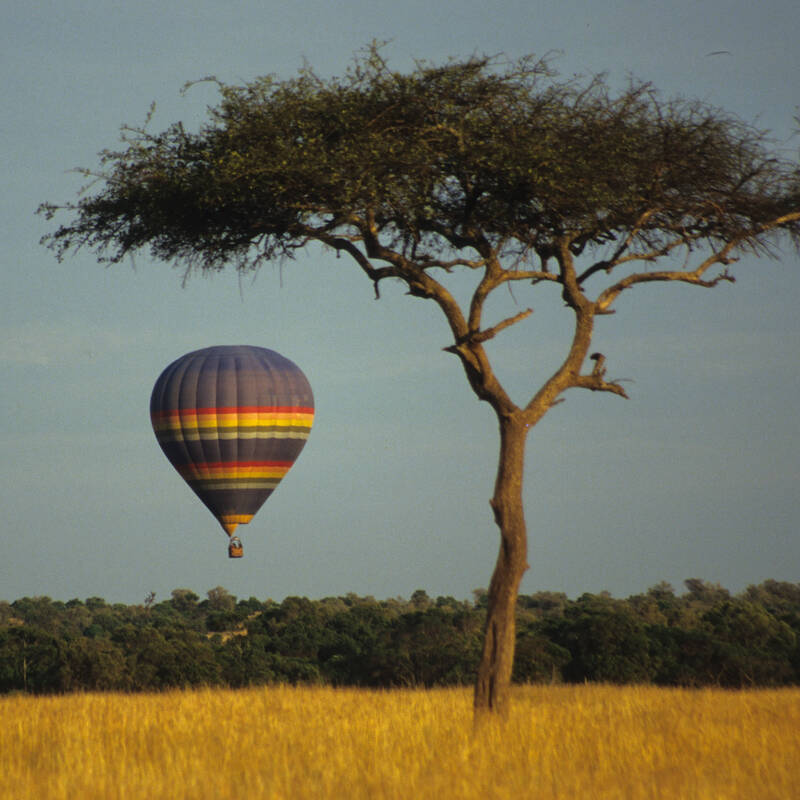
Balloon flight over the Mara
3 hours in total - morning only
With the sun rising over the Loita Hills, you scramble into the balloon basket for the start of a once-in-a-lifetime experience. You’re about to go drifting with the breeze above the trees and plains of one of the world’s greatest wildlife regions.
More about Balloon Safari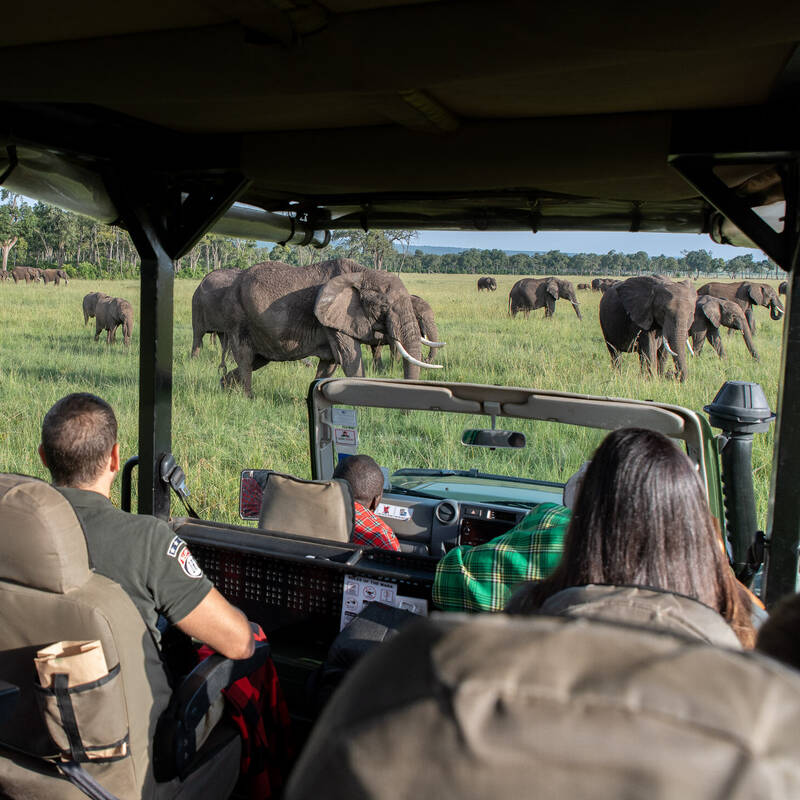
Safari in Maasai Mara National Reserve
All day from sunrise to sunset
If you're not staying in the Maasai Mara National Reserve itself, you're likely to be staying in one of the outstandingly wildlife-rich Maasai-owned private conservancies just outside the reserve boundary. A full-day game drive in the reserve gives you the chance to visit the Mara River and see some of the reserve's fabled wildlife locations.
More about Maasai Mara SafariOther lodges in Maasai Mara Conservancies
Alternative places to stay in this same area.
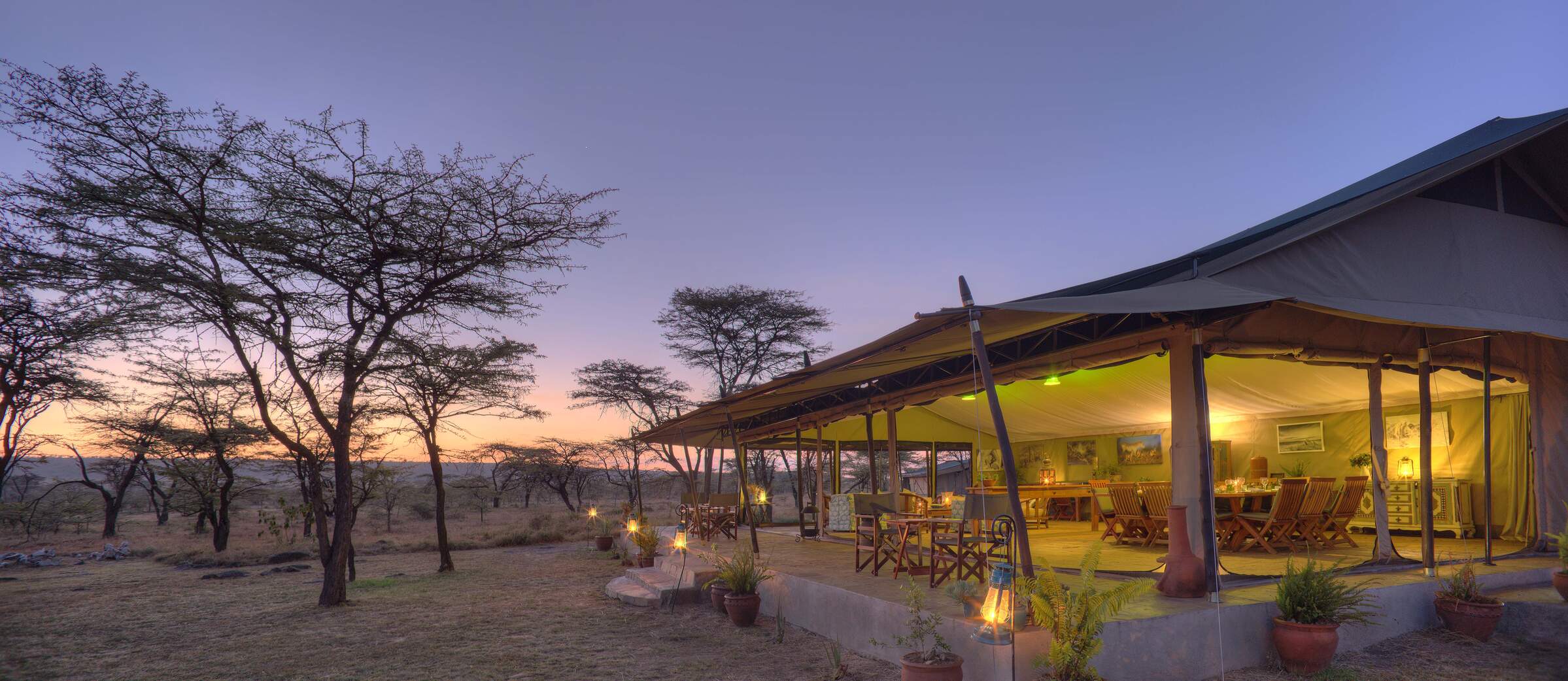
Kicheche Bush Camp
Kicheche Bush Camp is an excellent, intimate and authentic tented camp with a relaxed atmosphere and a focus on photography safaris.
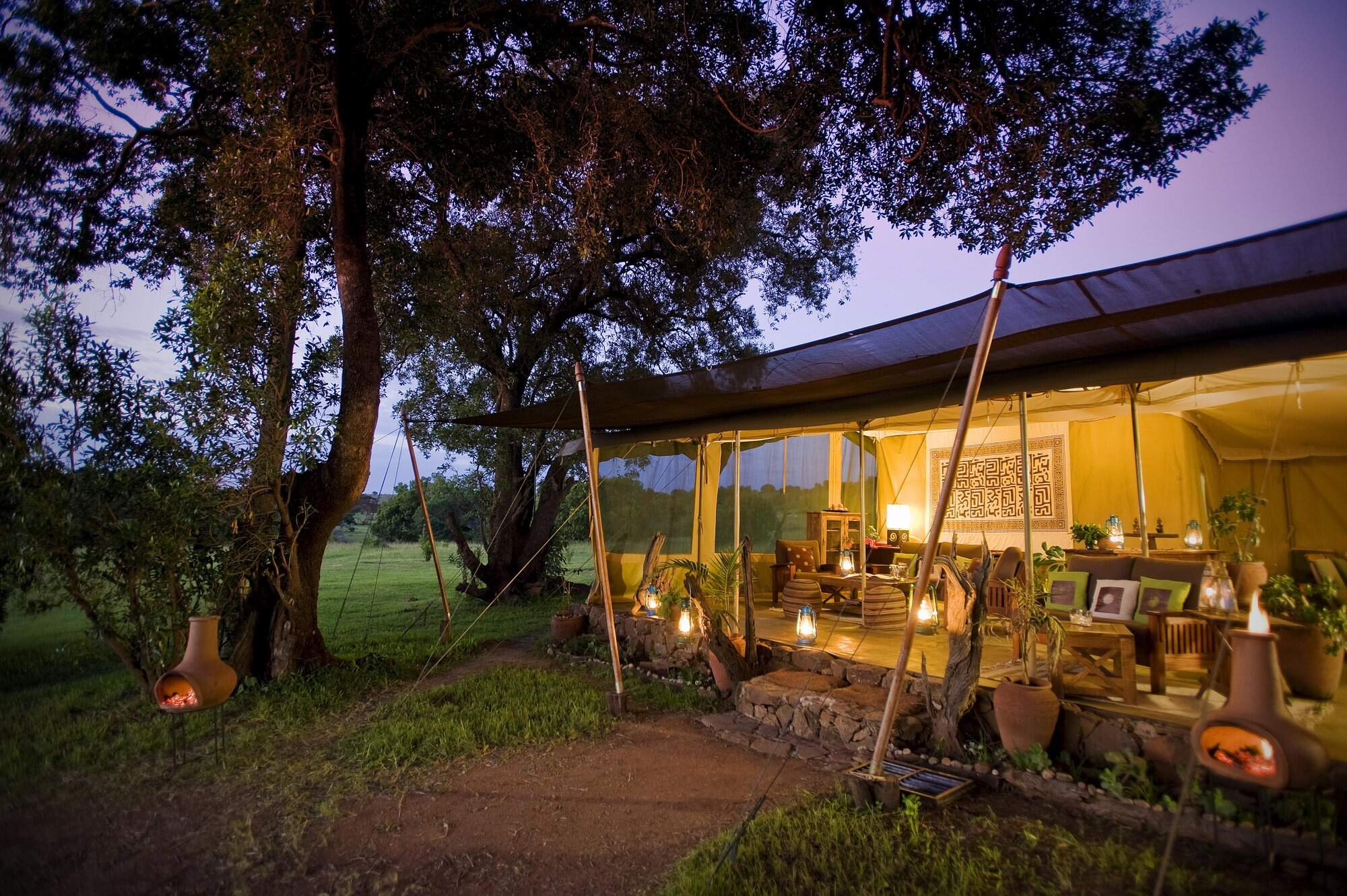
Kicheche Mara
Kicheche Mara Camp has just ten tents and a rustic and comfortable feel. It is set by a stream in a pretty area of the Mara ecosystem's Mara North Conservancy.
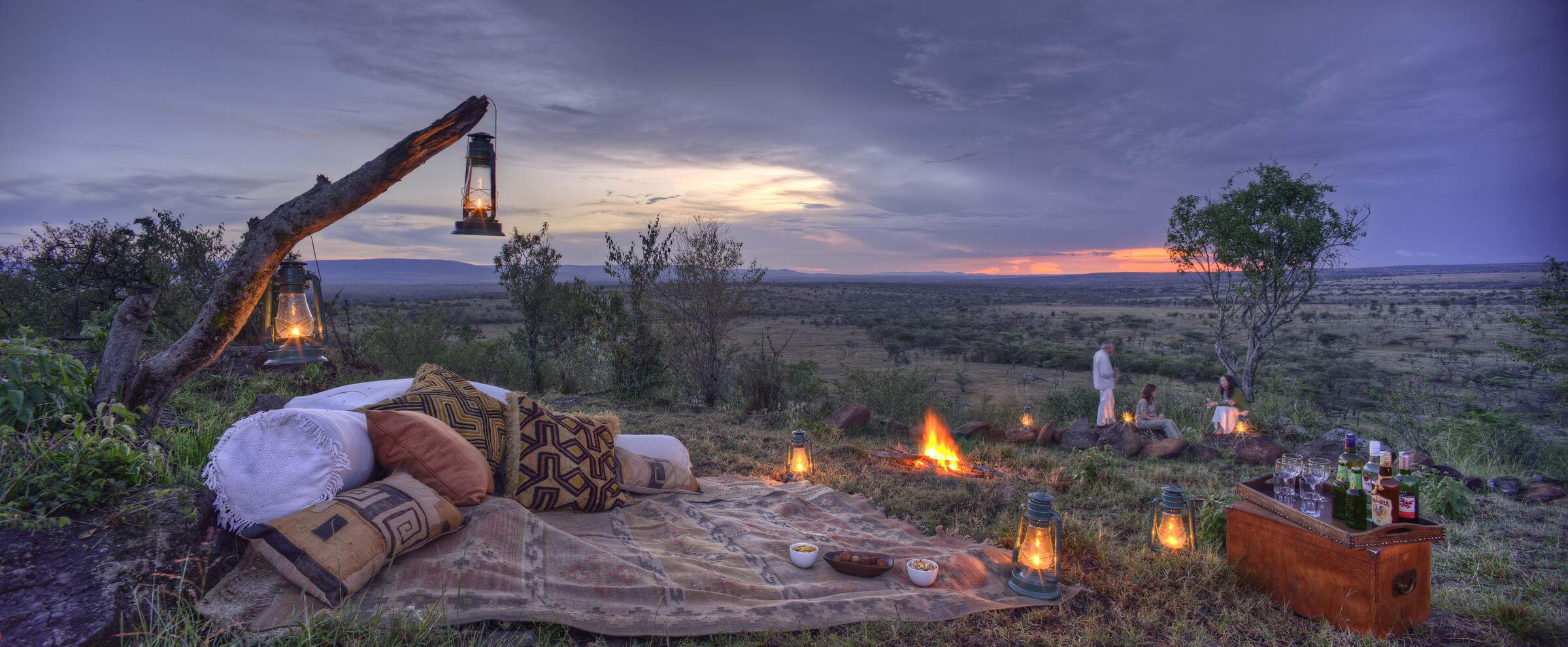
Kicheche Valley
Kicheche Valley is a boutique tented camp in a wooded district of the Mara ecosystem's Naboisho Conservancy, with plenty of wildlife in the area.
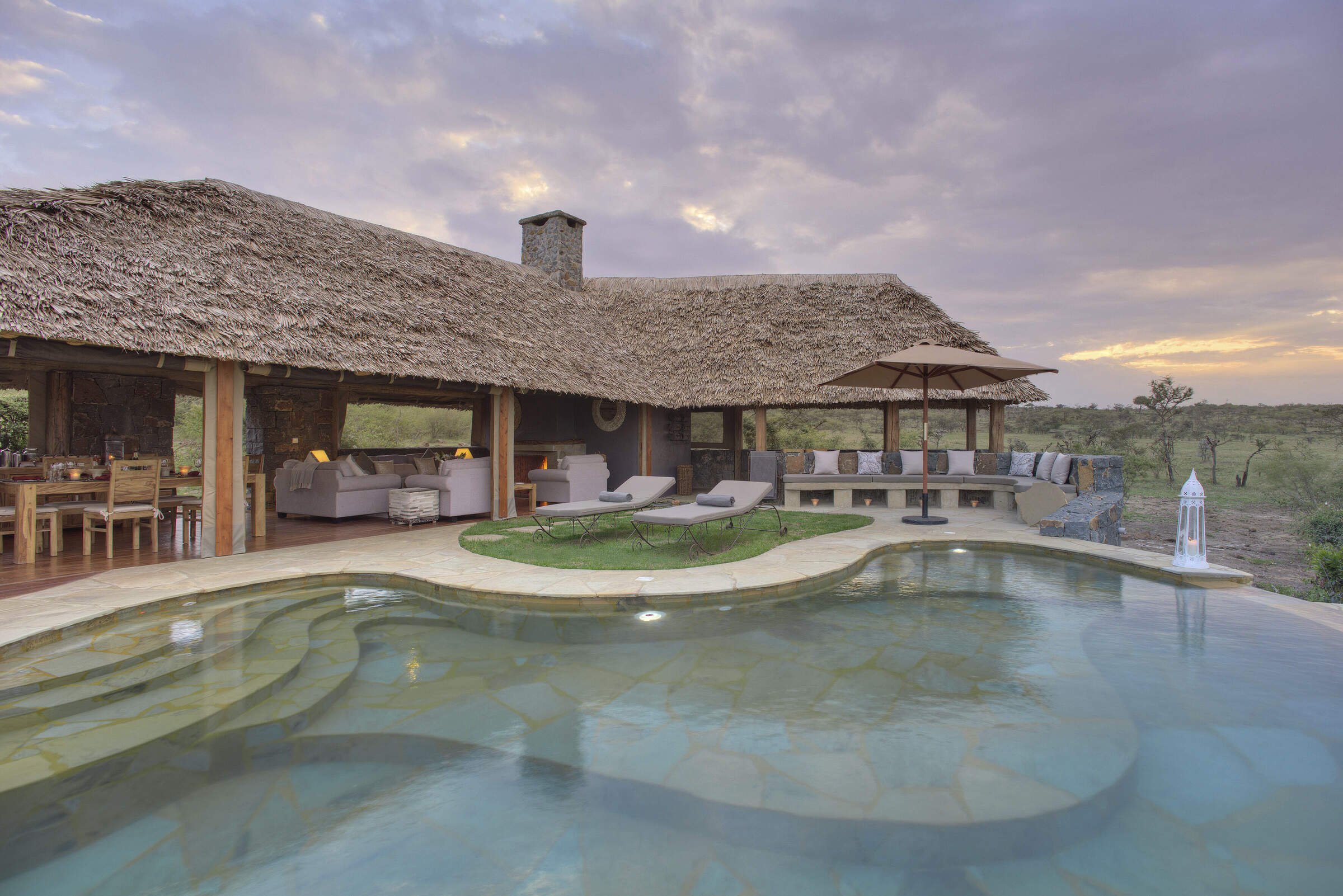
Naboisho Camp
Naboisho Camp is one of the most luxurious of the handful of camps in the Naboisho Conservancy. It offers day and night game drives, game walks and full creature comforts in the bush.
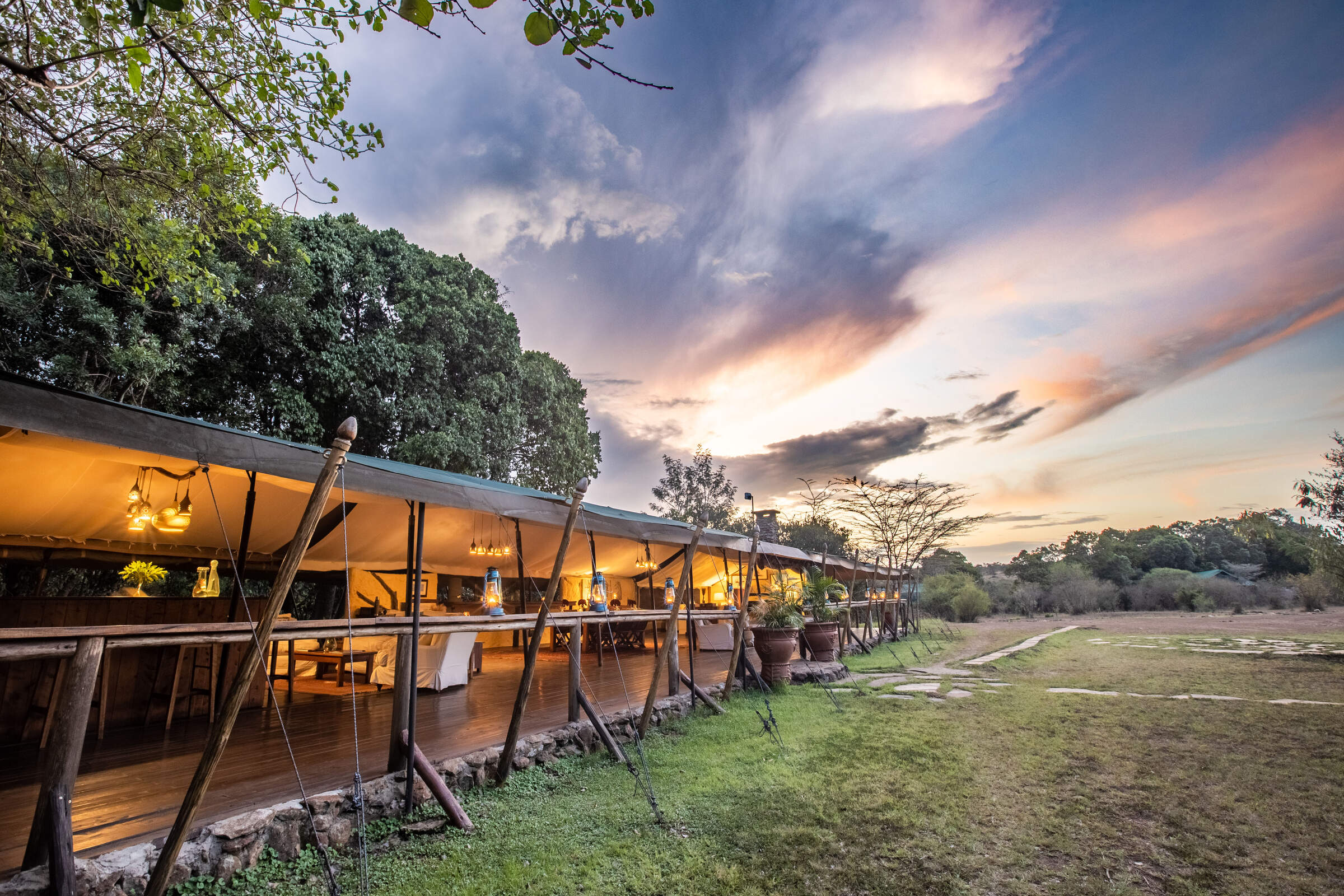
Offbeat Mara
Offbeat Mara is a small traditional camp that appeals to safari traditionalists, located in one of the Maasai Mara’s quiet conservancies.
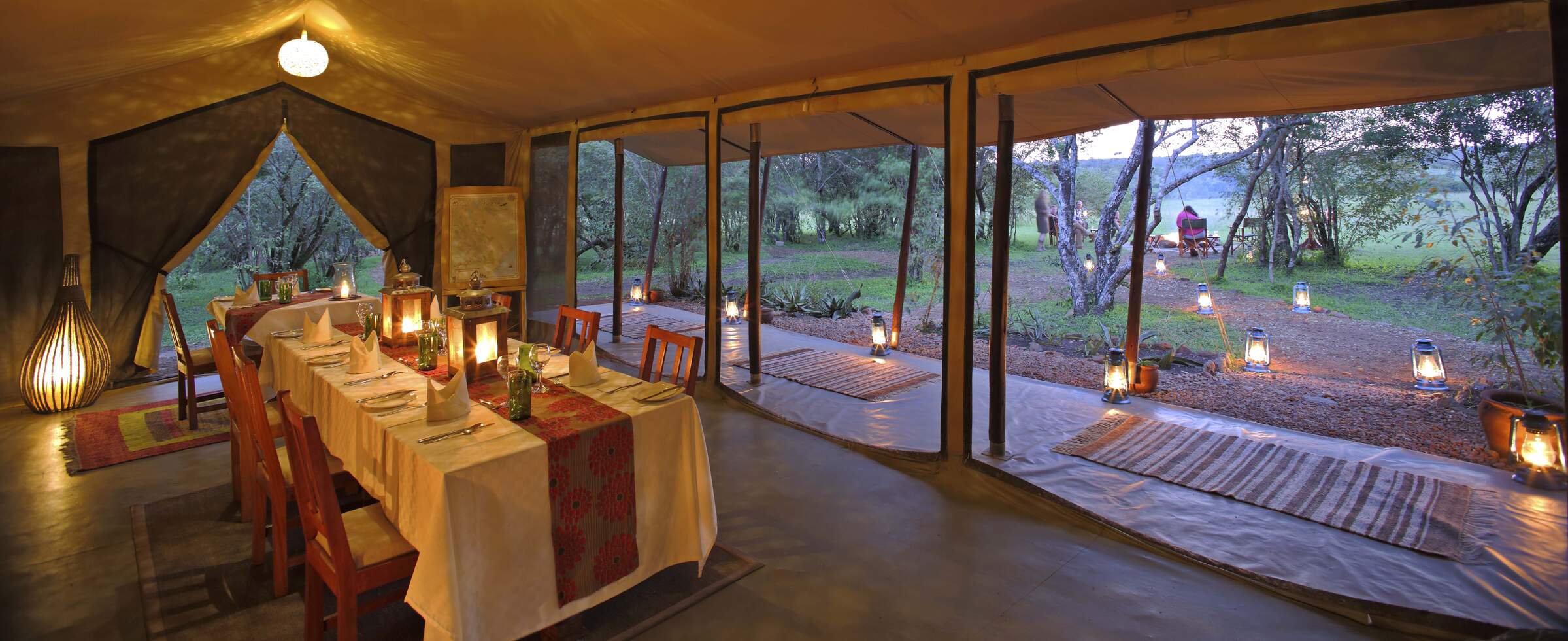
Encounter Mara
Encounter Mara is located in the private Naboisho Conservancy – a game-rich area of the Mara ecosystem – and offers a contemporary take on the traditional, low-impact luxury safari camp.
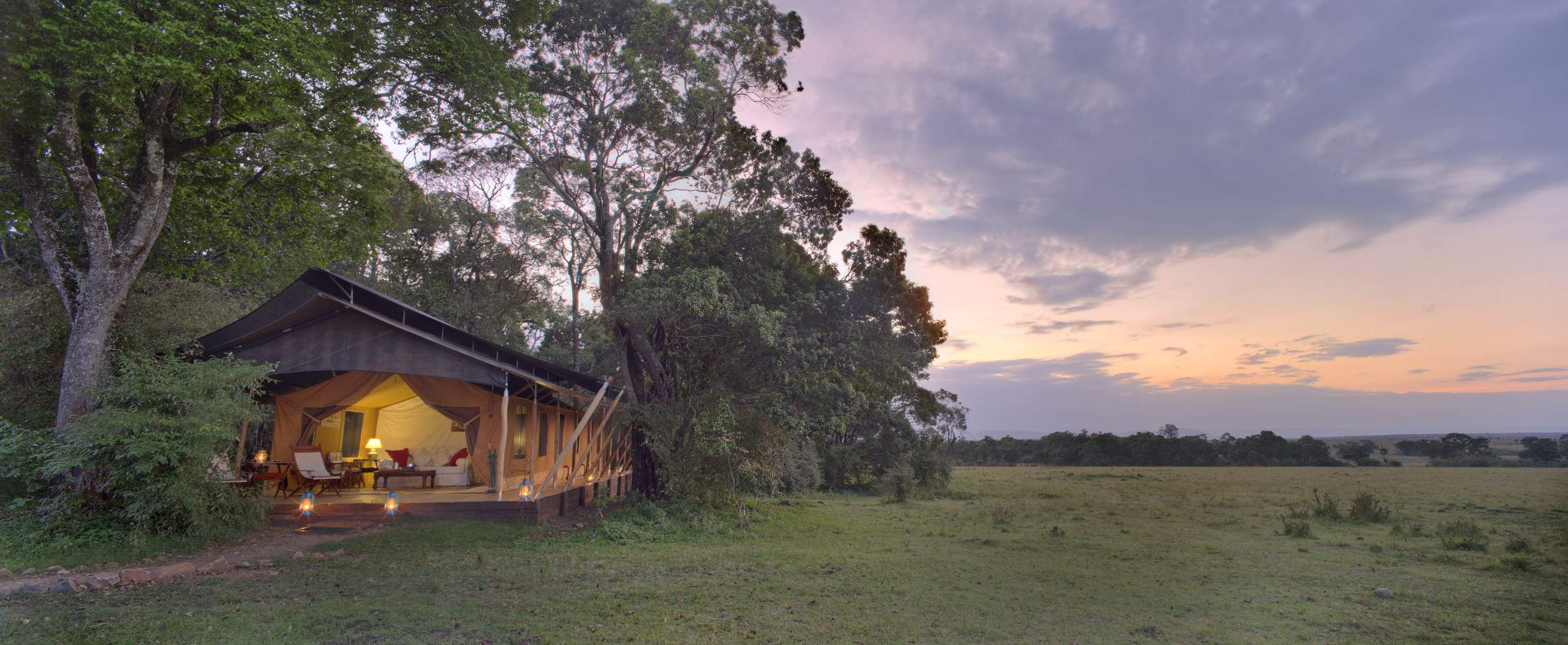
Elephant Pepper Camp
Elephant Pepper Camp is a small 10-tent bush camp, with a vintage safari style, a high level of service and excellent cuisine.
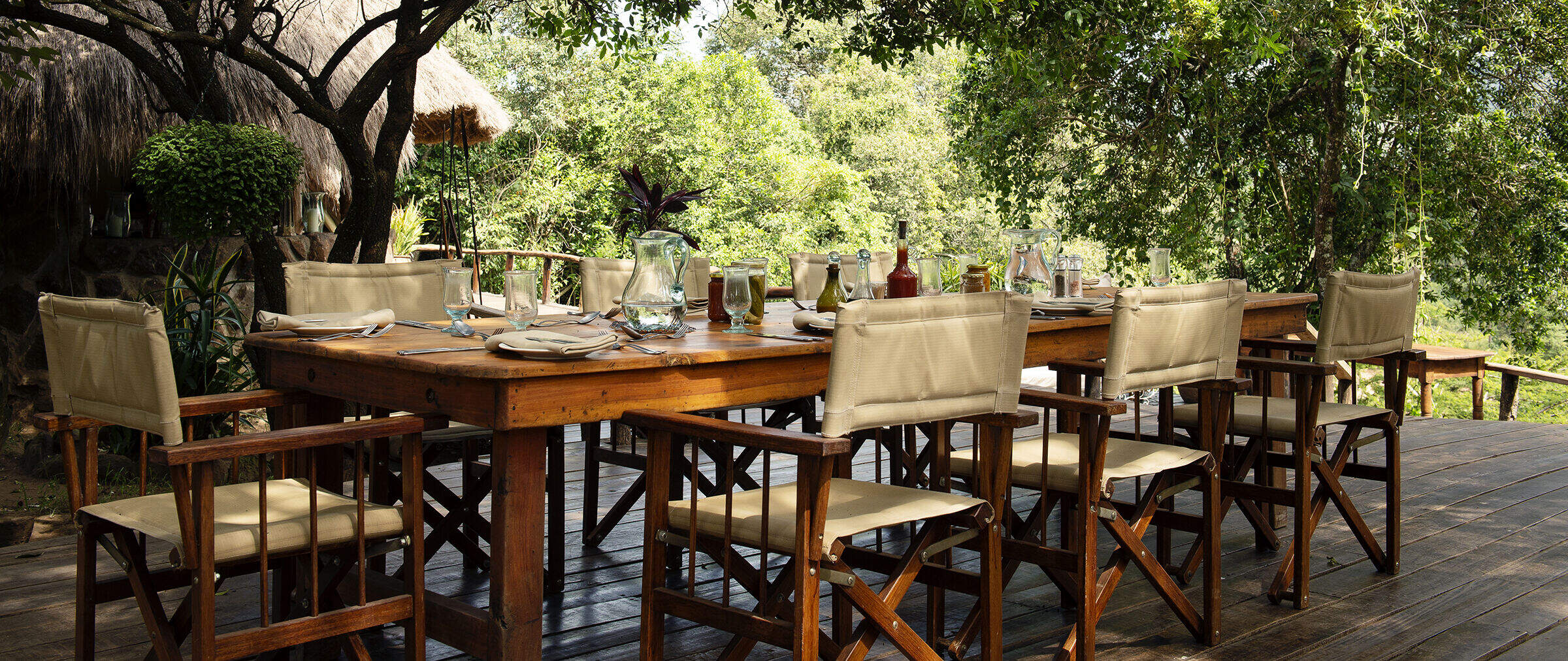
Serian
Serian is a luxury tented camp on the east bank of the Mara River in the Mara North Conservancy. It is the sister camp of Ngare Serian, on the west bank.
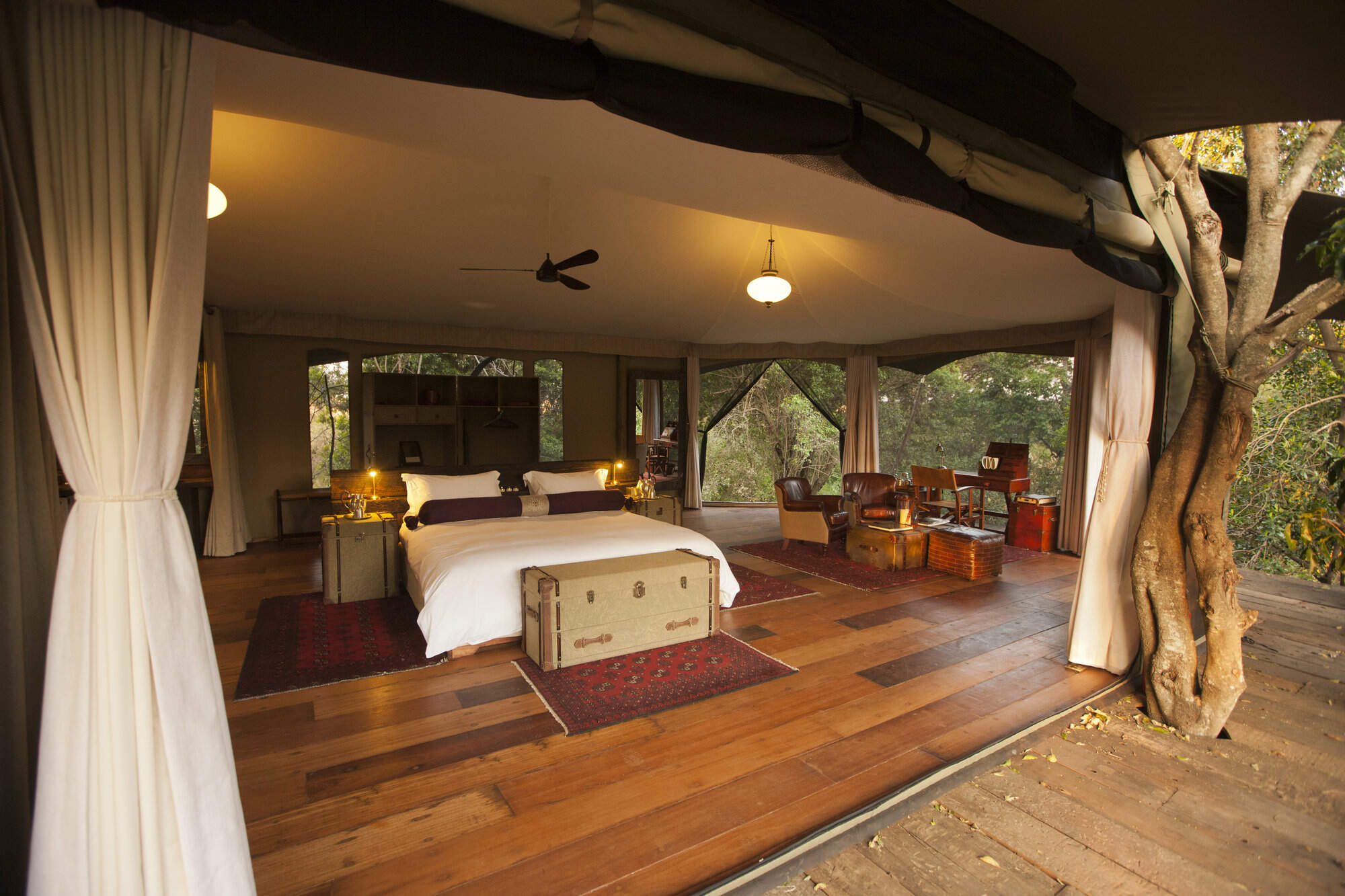
Mara Plains Camp
Mara Plains is one of the very best camps in the Mara ecosystem. Located in the Olare Motorogi Conservancy, just outside the Mara reserve, it has access to three wildlife-viewing areas.
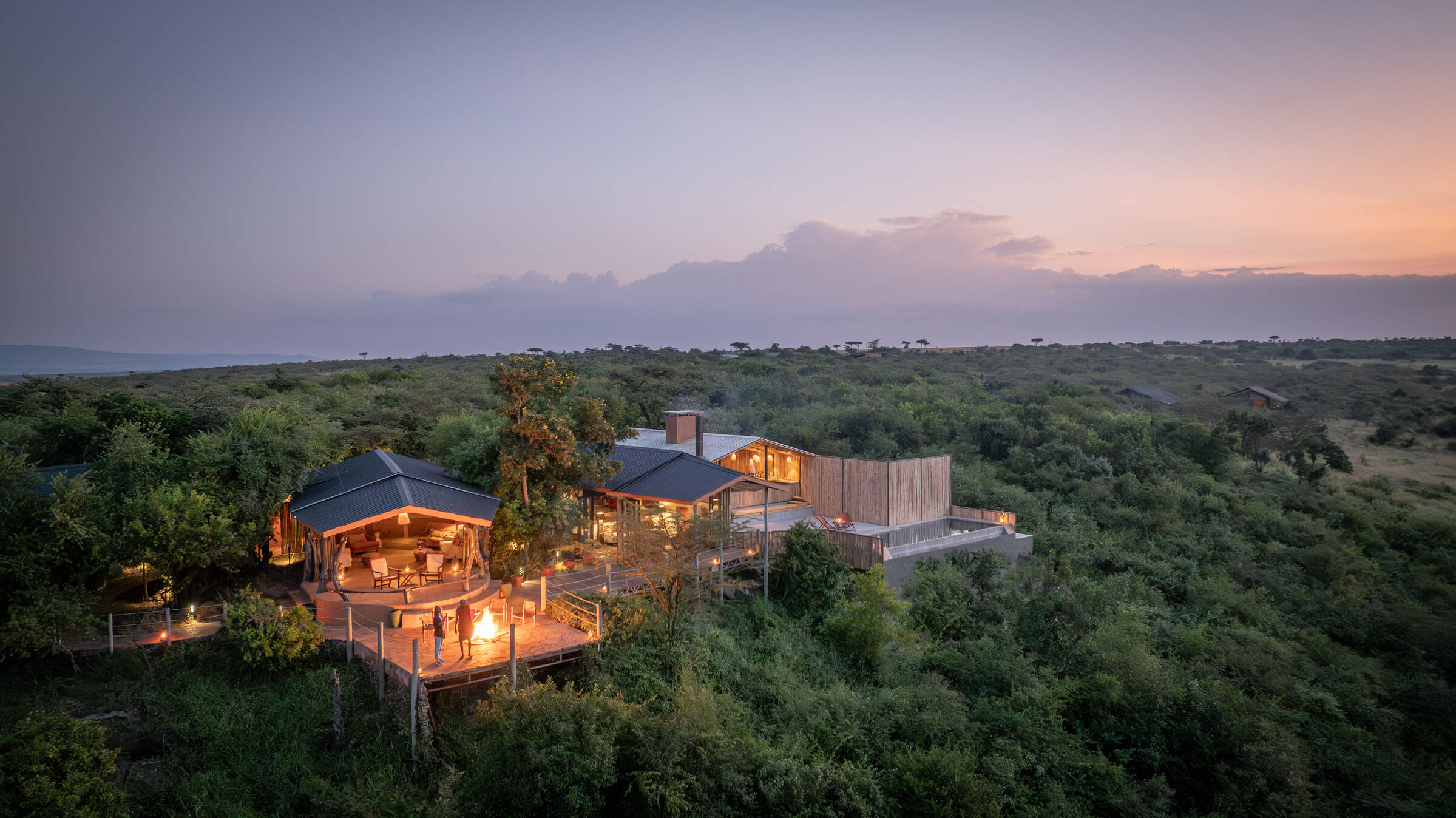
Basecamp Eagle View
Basecamp Eagle View is a community-focused safari camp in the Naboisho Conservancy, with a strong emphasis on responsible tourism and a spectacular location.
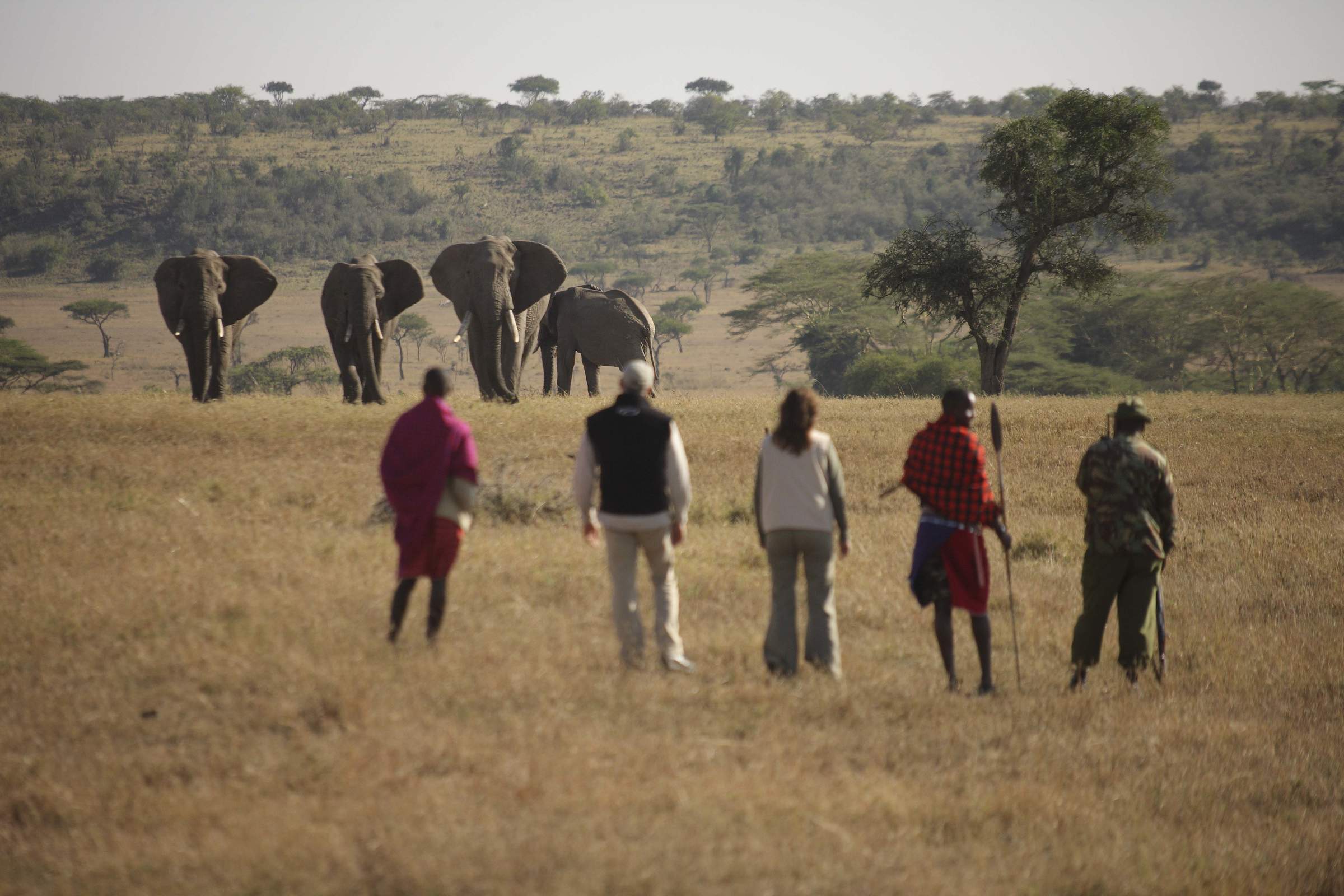
Kicheche Fly Camp
Kicheche Walking Wilderness Fly Camp is a temporaray dome tent camp set up for participants in Kicheche's two-day walking safari between Kicheche Valley and Kicheche Bush Camp.
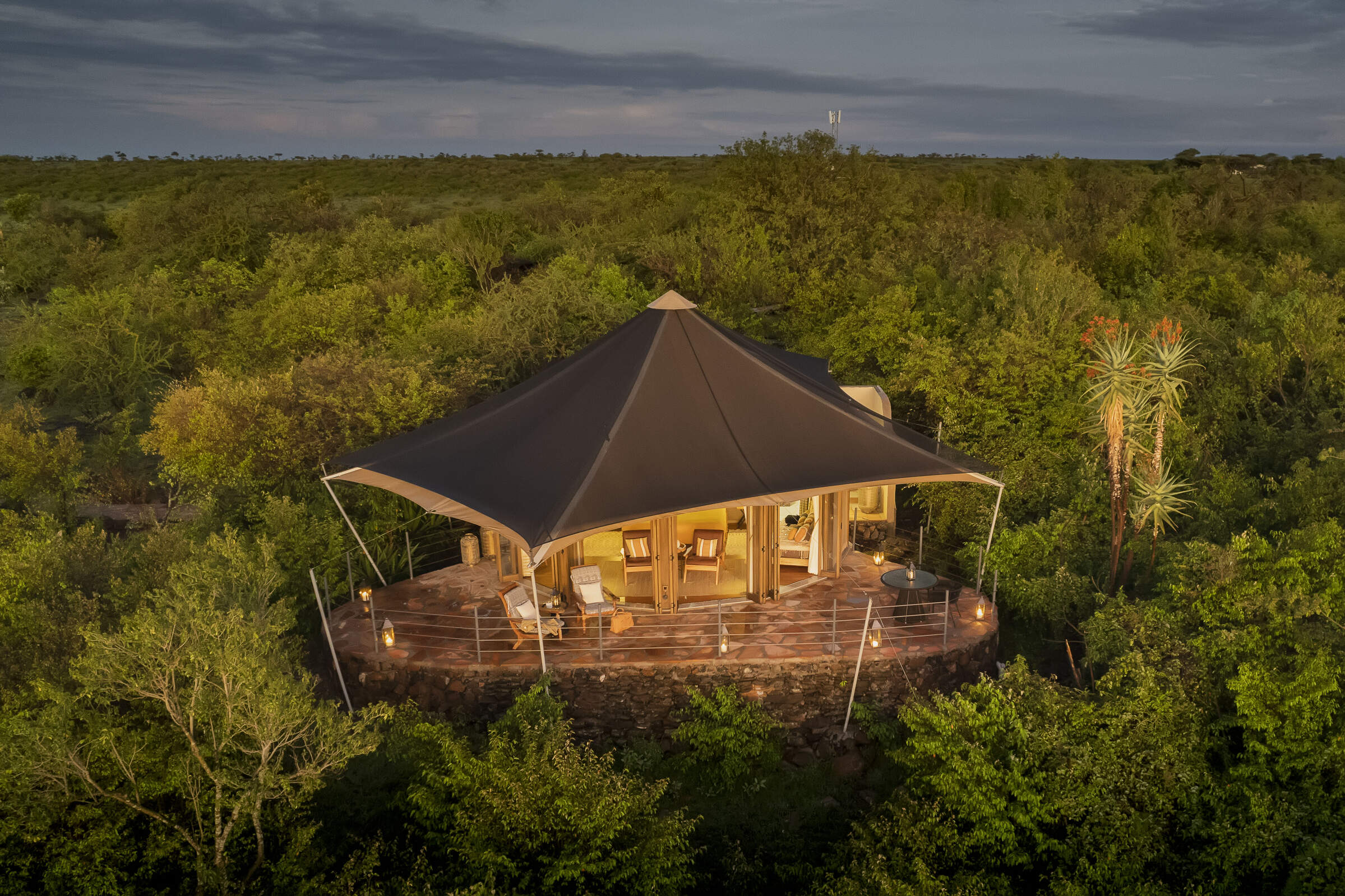
Hemingways Ol Seki
Magnificently located tented lodge on a bluff looking south across the Naboisho Conservancy toward the Maasai Mara National Reserve.
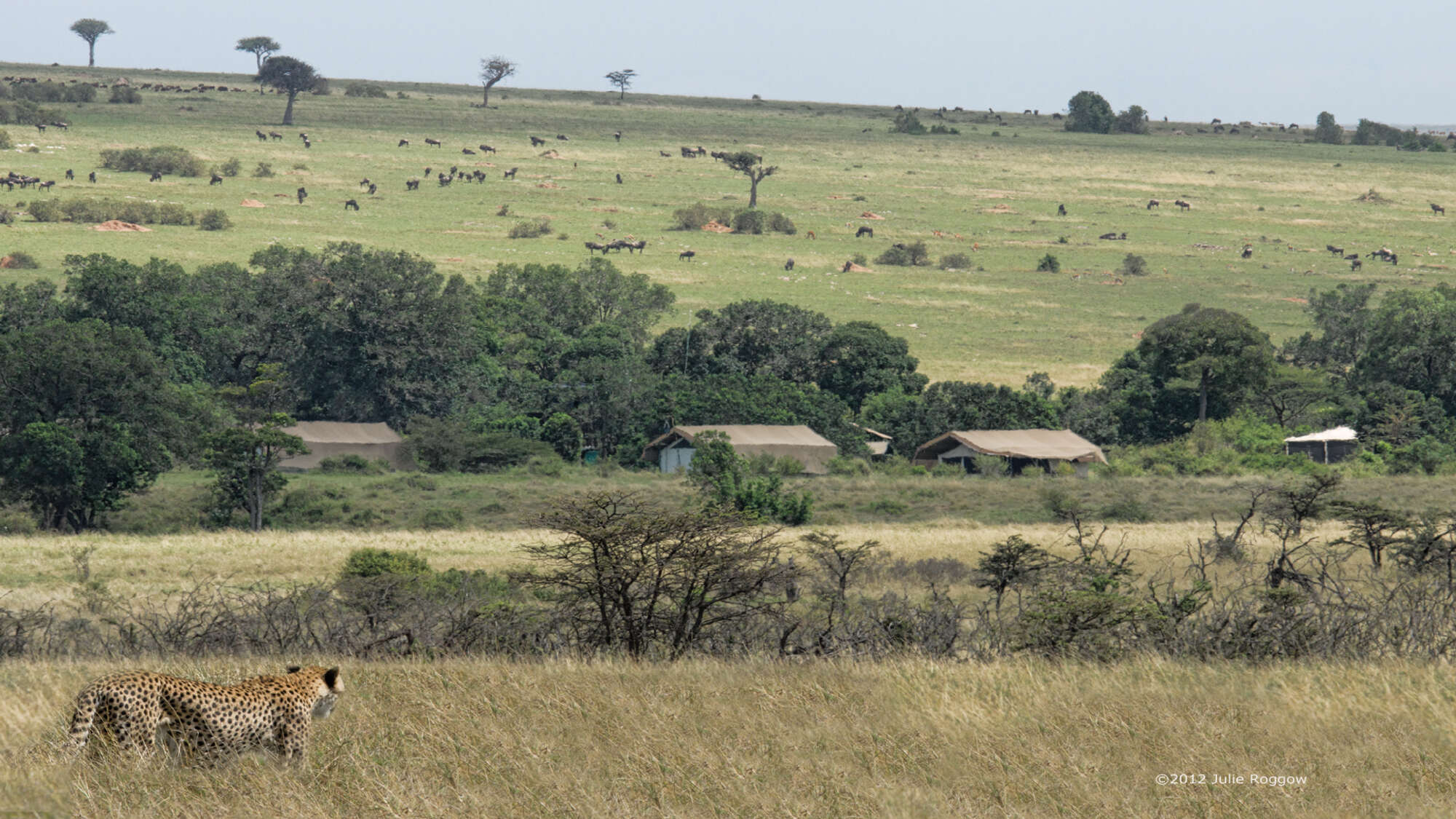
Porini Lion Camp
Porini Lion Camp is a pioneering, community focused eco-camp, with excellent guides and game viewing, in the predator-rich, Olare Motorogi Conservancy.
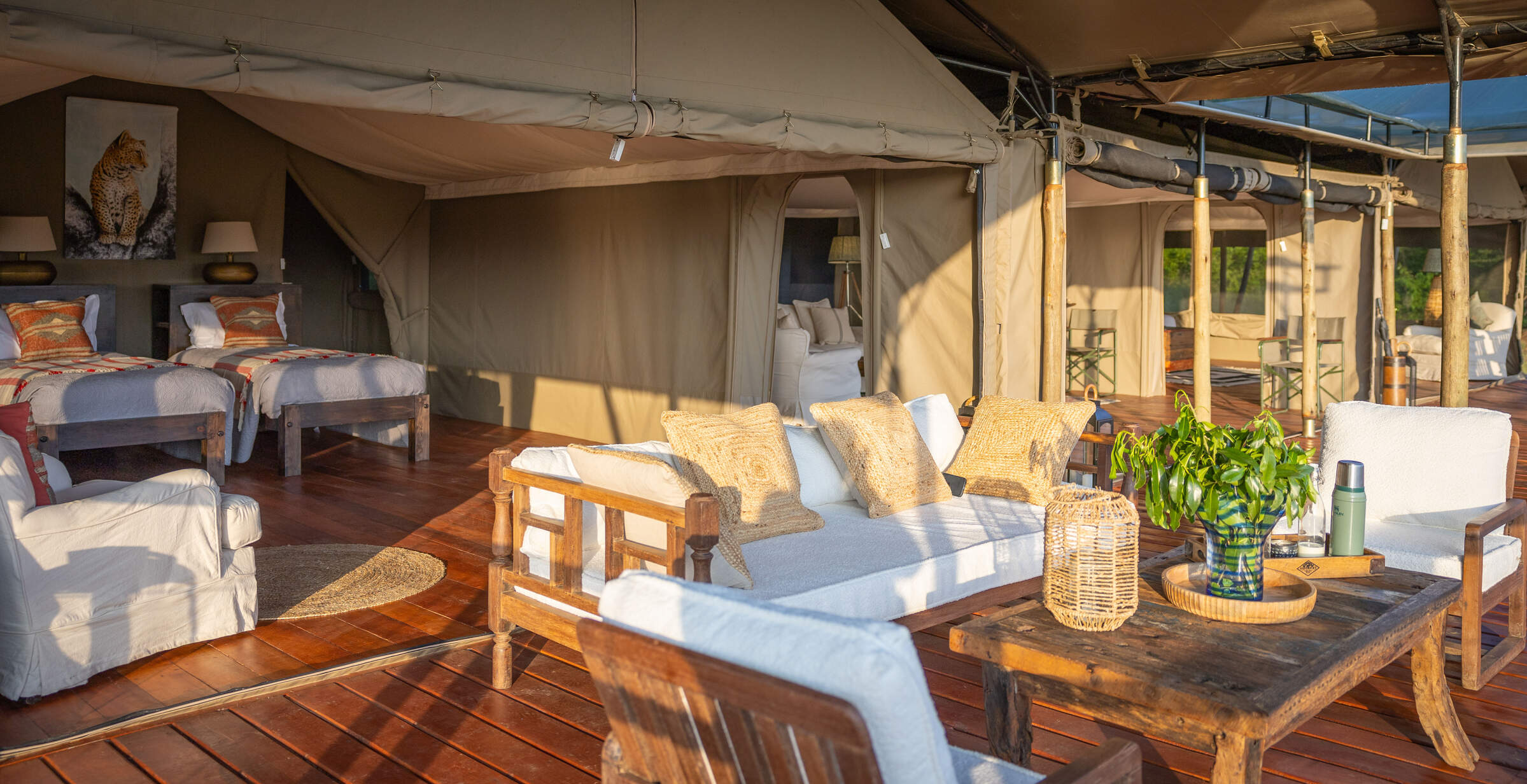
Offbeat Ndoto
Small and intimate, Offbeat Mara is set in a valley above the (often dry) Olare Orok River within the Mara North Conservancy.
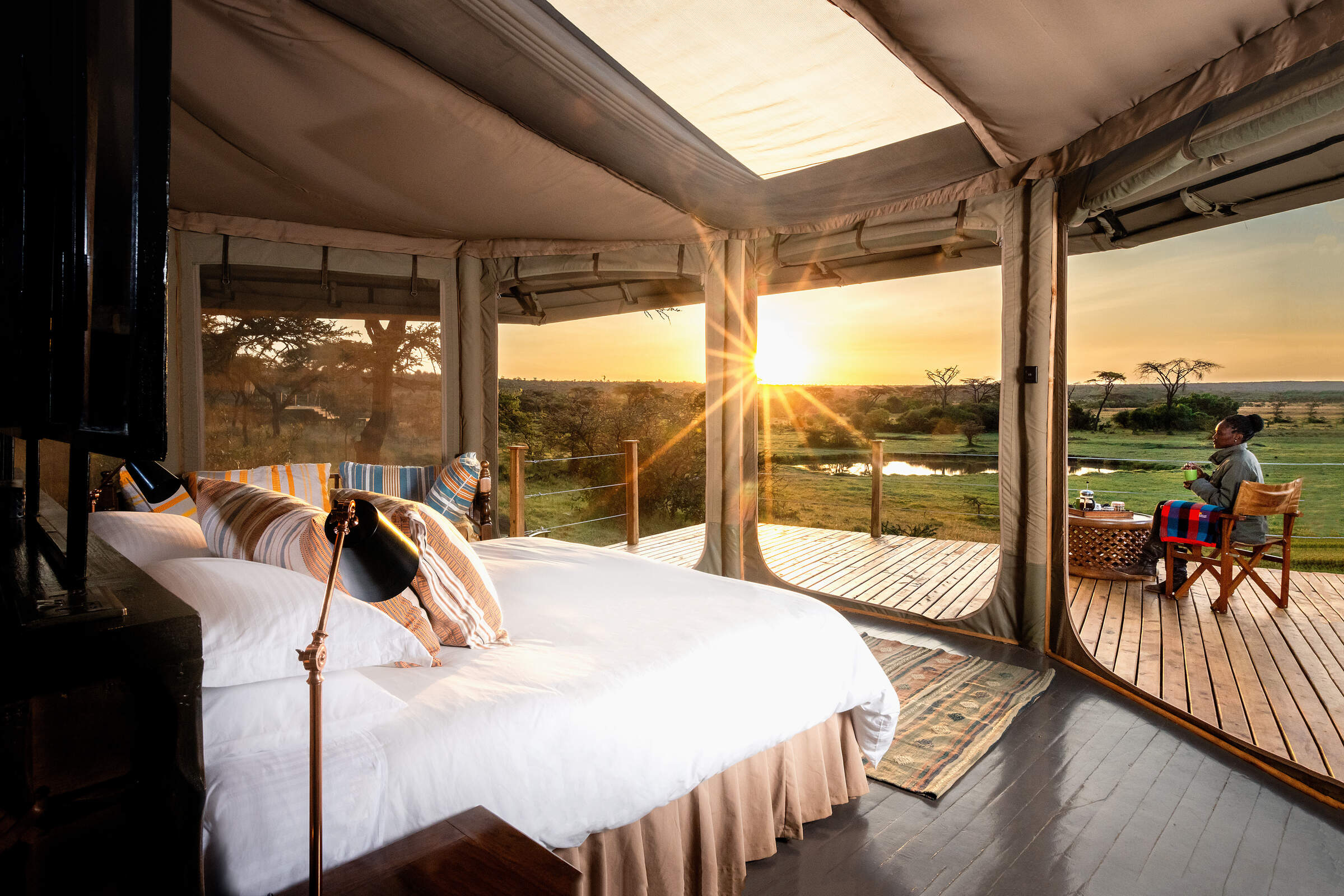
Basecamp Leopard Hill
With six beautiful tents, Basecamp Leopard Hill is a smart safari camp in the Naboisho Conservancy in the Maasai Mara ecosystem.
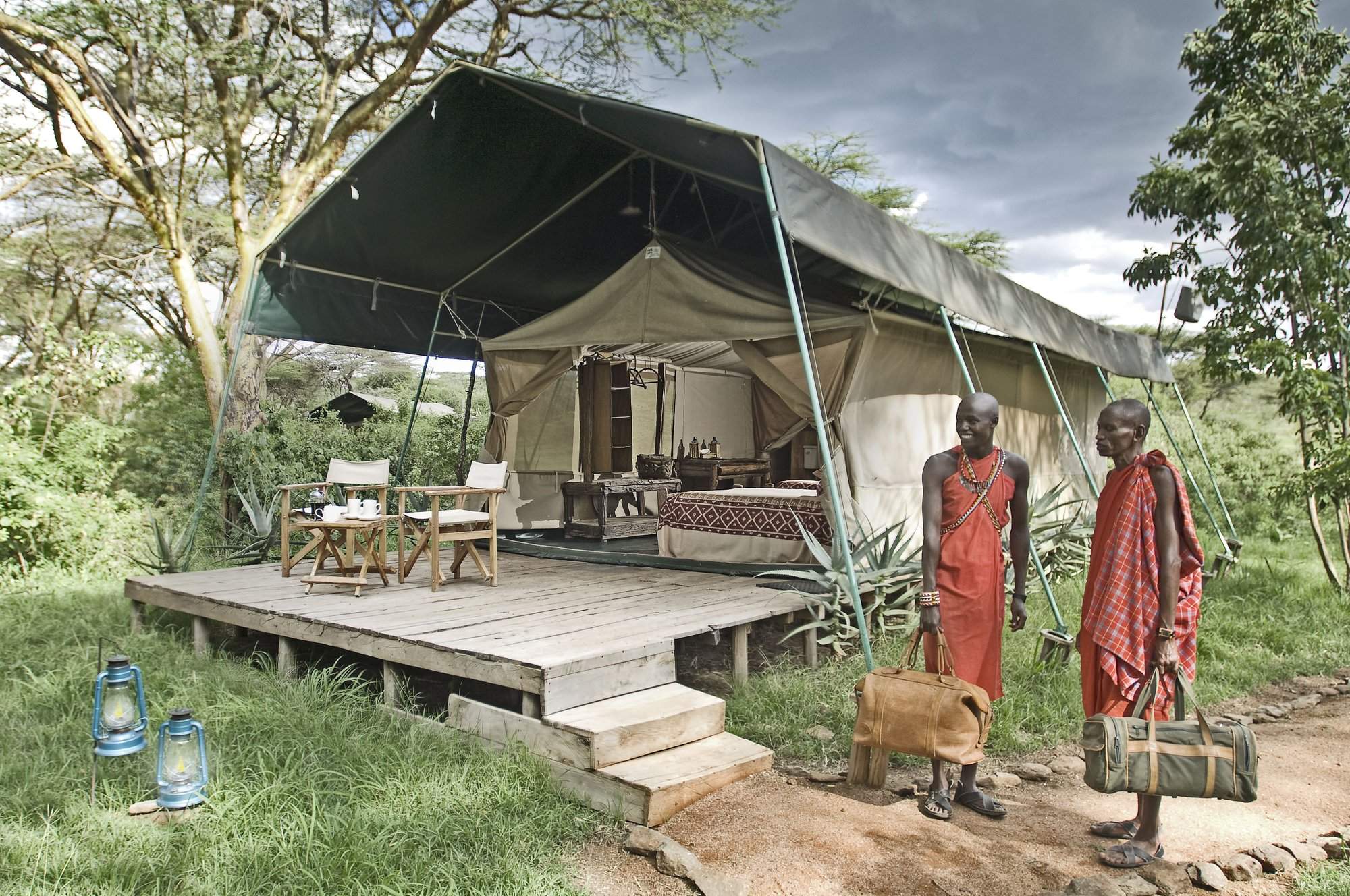
Porini Mara Camp
Porini Mara Camp is a small, pioneering eco-camp in the first private conservancy in the Mara region, with comfortable accommodation and a range of activities.
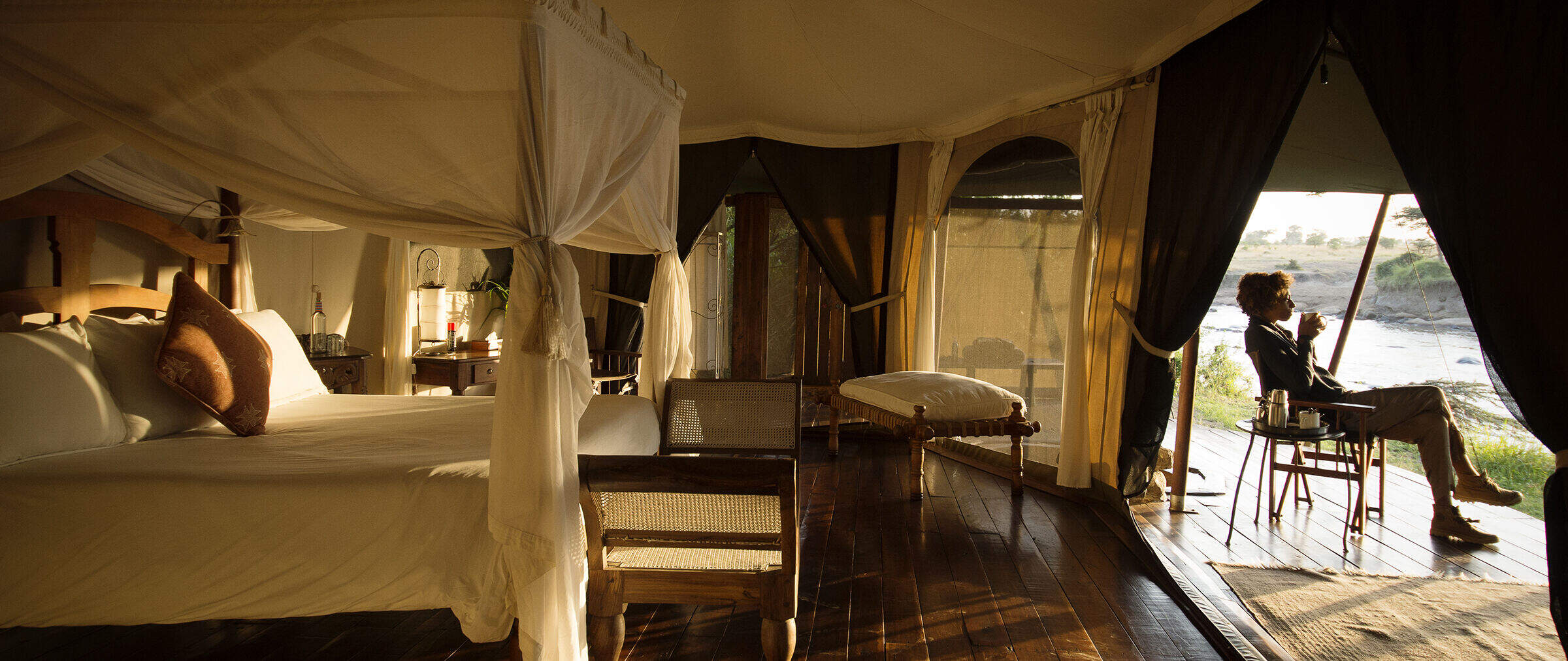
Ngare Serian
The luxurious Ngare Serian and its sister camp Serian face each other across the Mara River on the western side of the Mara North Conservancy
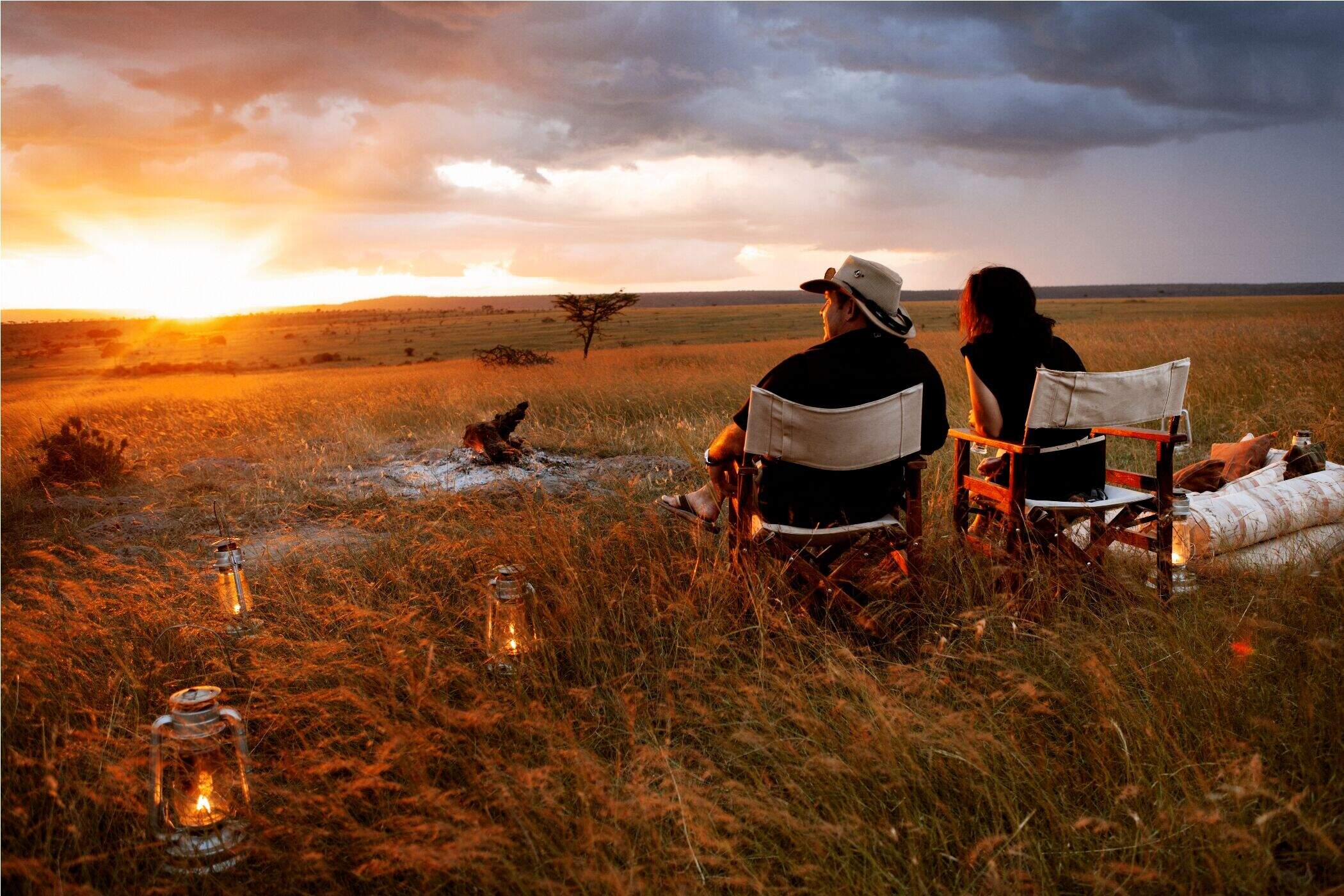
Karen Blixen Camp
Karen Blixen Camp sits on a meander of the Mara River in the Mara North Conservancy, just beyond the northern boundary of the Maasai Mara National Reserve.
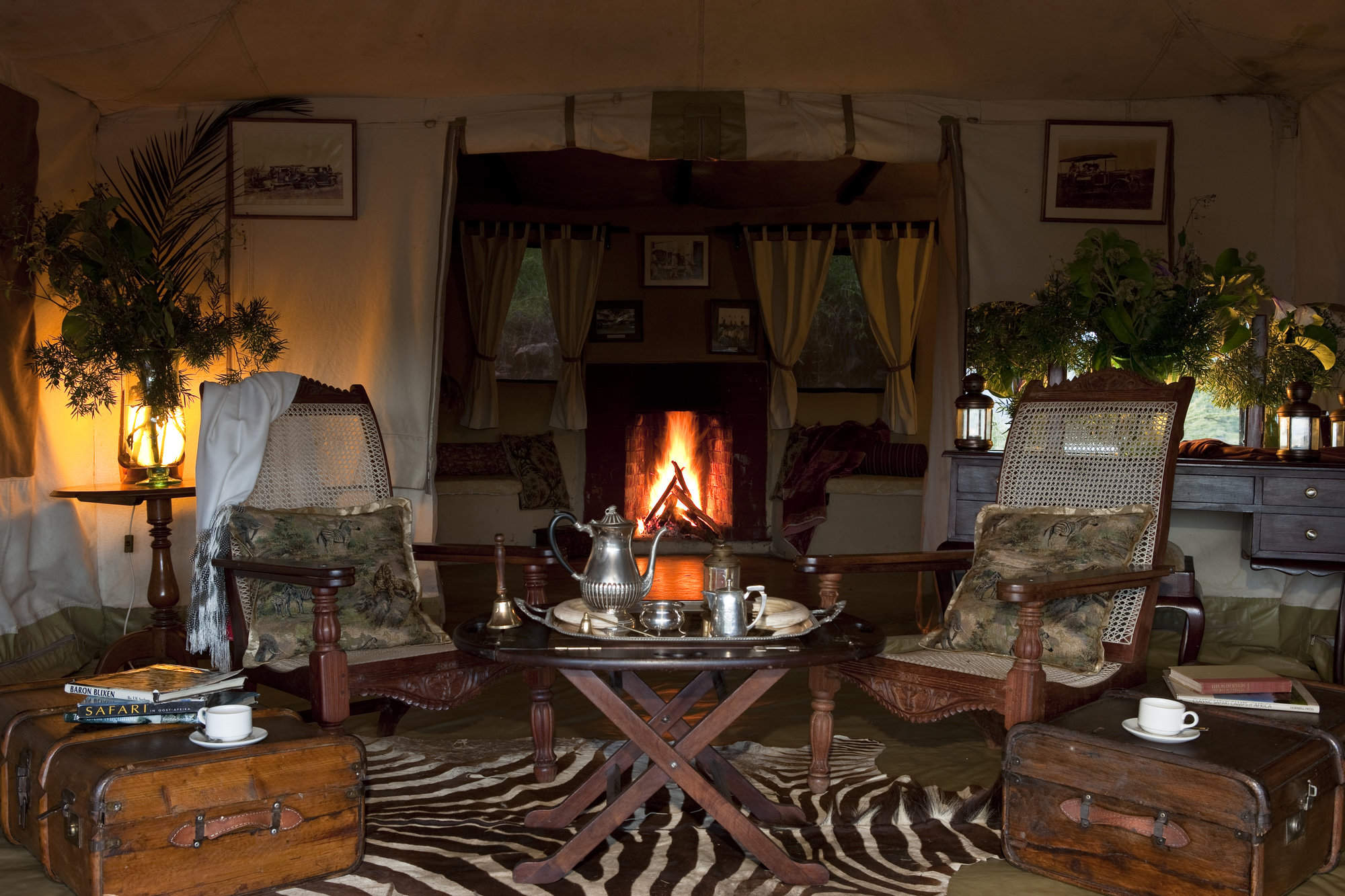
Cottars 1920s Camp
Cottar's 1920s Camp is a classic, luxury tented camp with a 1920s safari theme, located in its own conservancy on the southeast border of the Maasai Mara National Reserve.
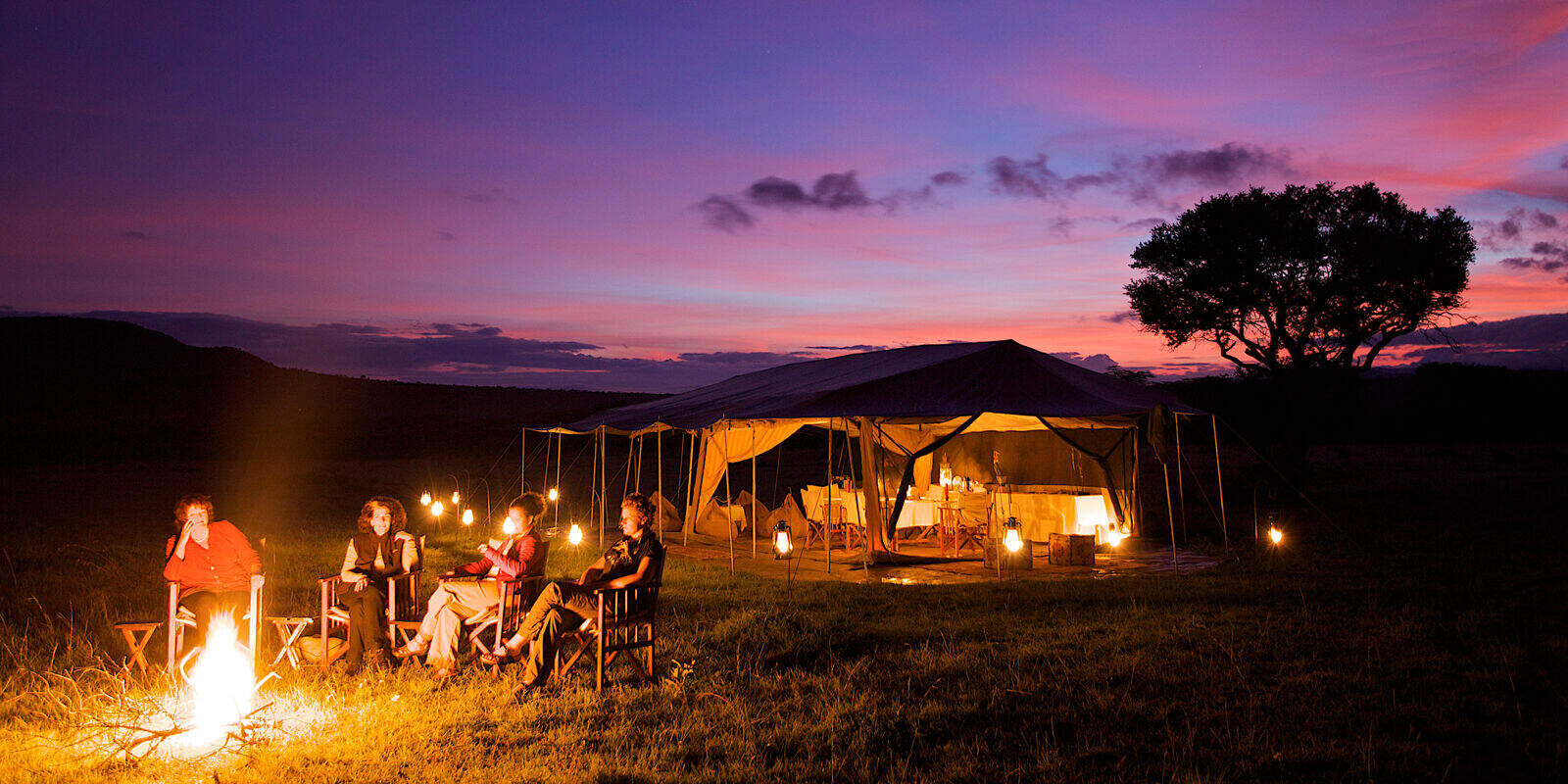
Leleshwa
Leleshwa was a delightful, boutique safari camp on the picturesque banks of a tributary of the Talek, with an extensive, little visited game area on its doorstep.
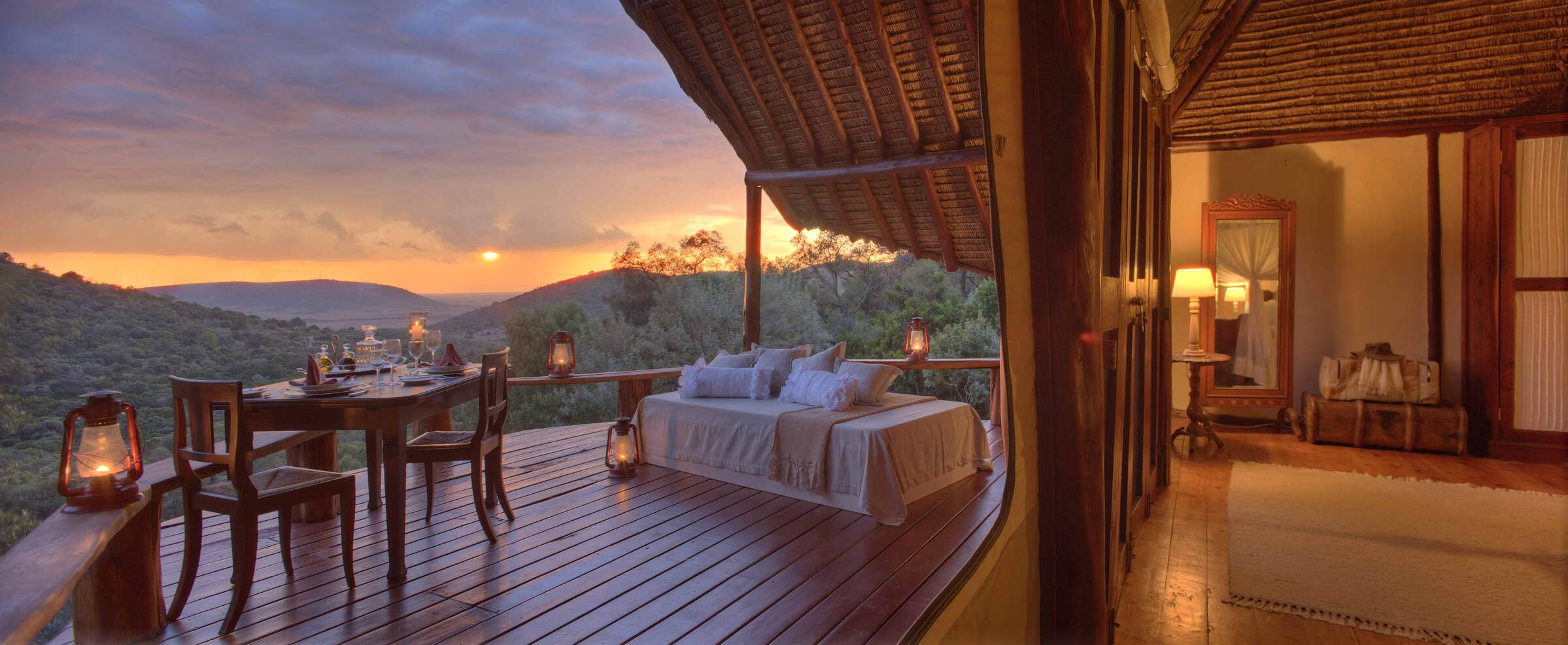
Saruni Mara
Saruni Mara is a luxurious permanent lodge, on the remote northern edge of the Mara North Conservancy, with stunning views, good guiding and very private and comfortable rooms.
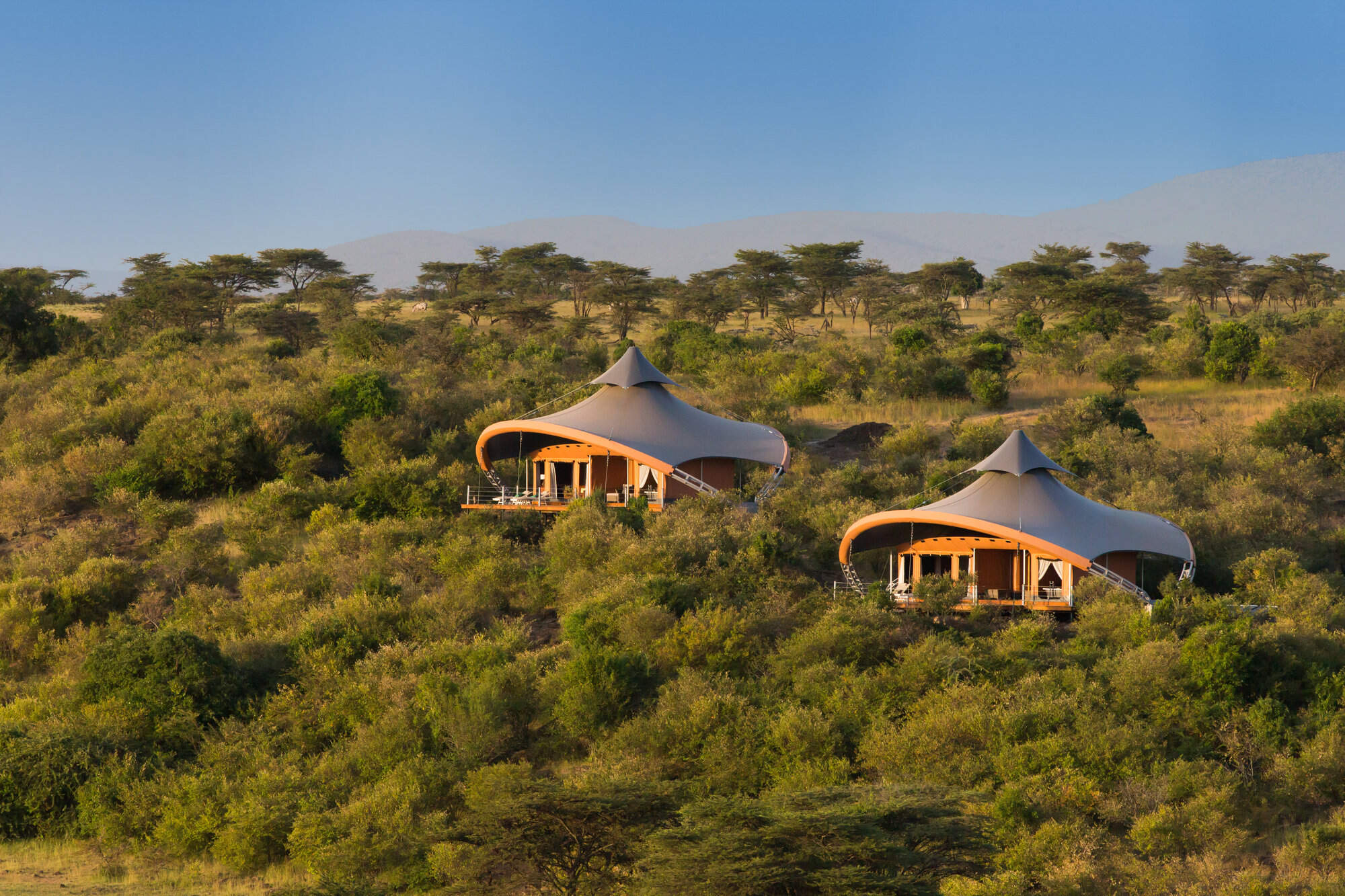
Mahali Mzuri
Mahali Mzuri is a strikingly modern tented camp in the Virgin Limited Edition group, in a remote part of the Mara ecosytem's Olare Motorogi Conservancy. It has lovely views and all the luxuries of a five-star hotel.
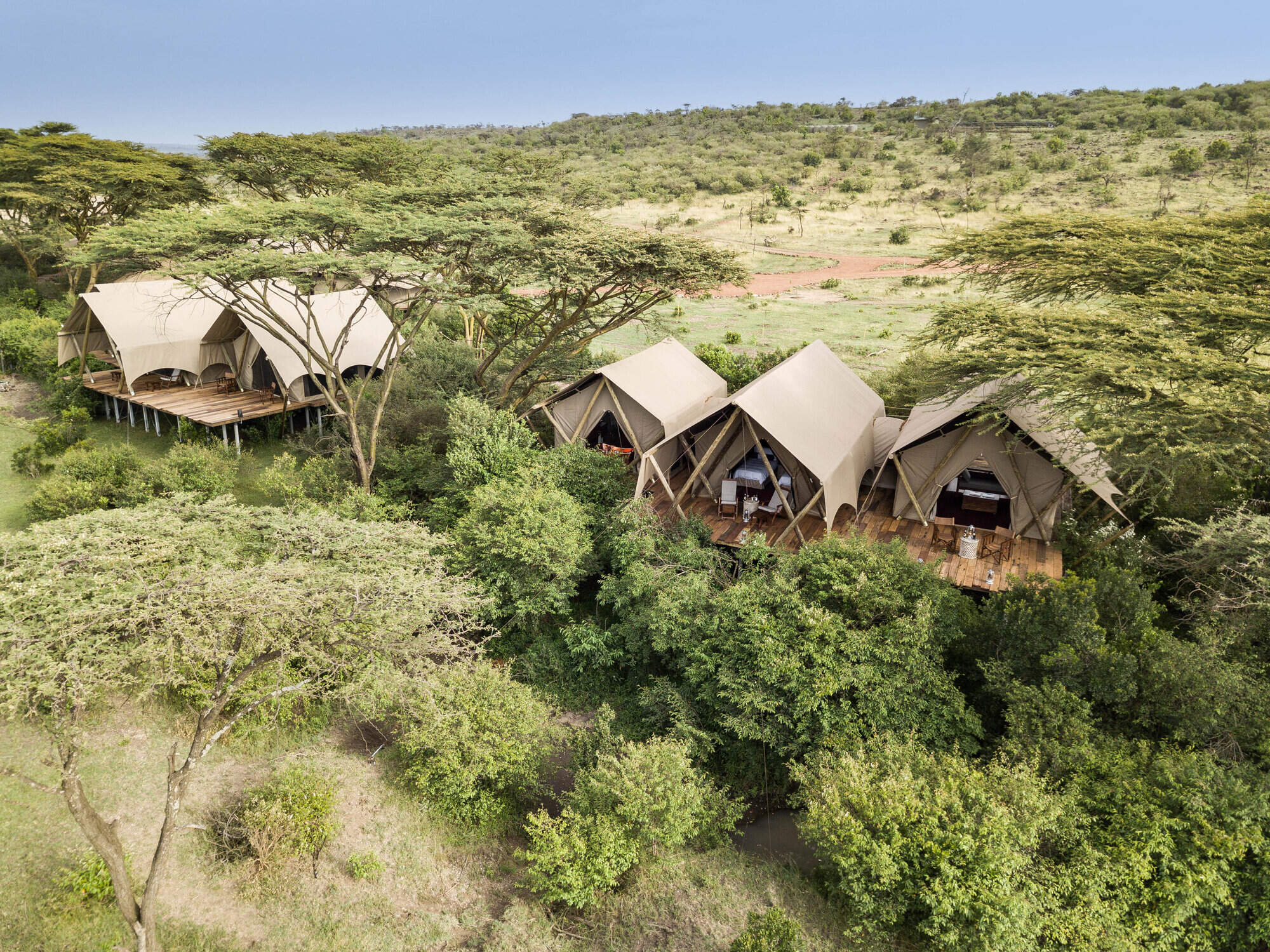
Mara Nyika
Mara Nyika is one of the newer additions to the Naboisho Conservancy and offers a luxurious and exclusive safari.
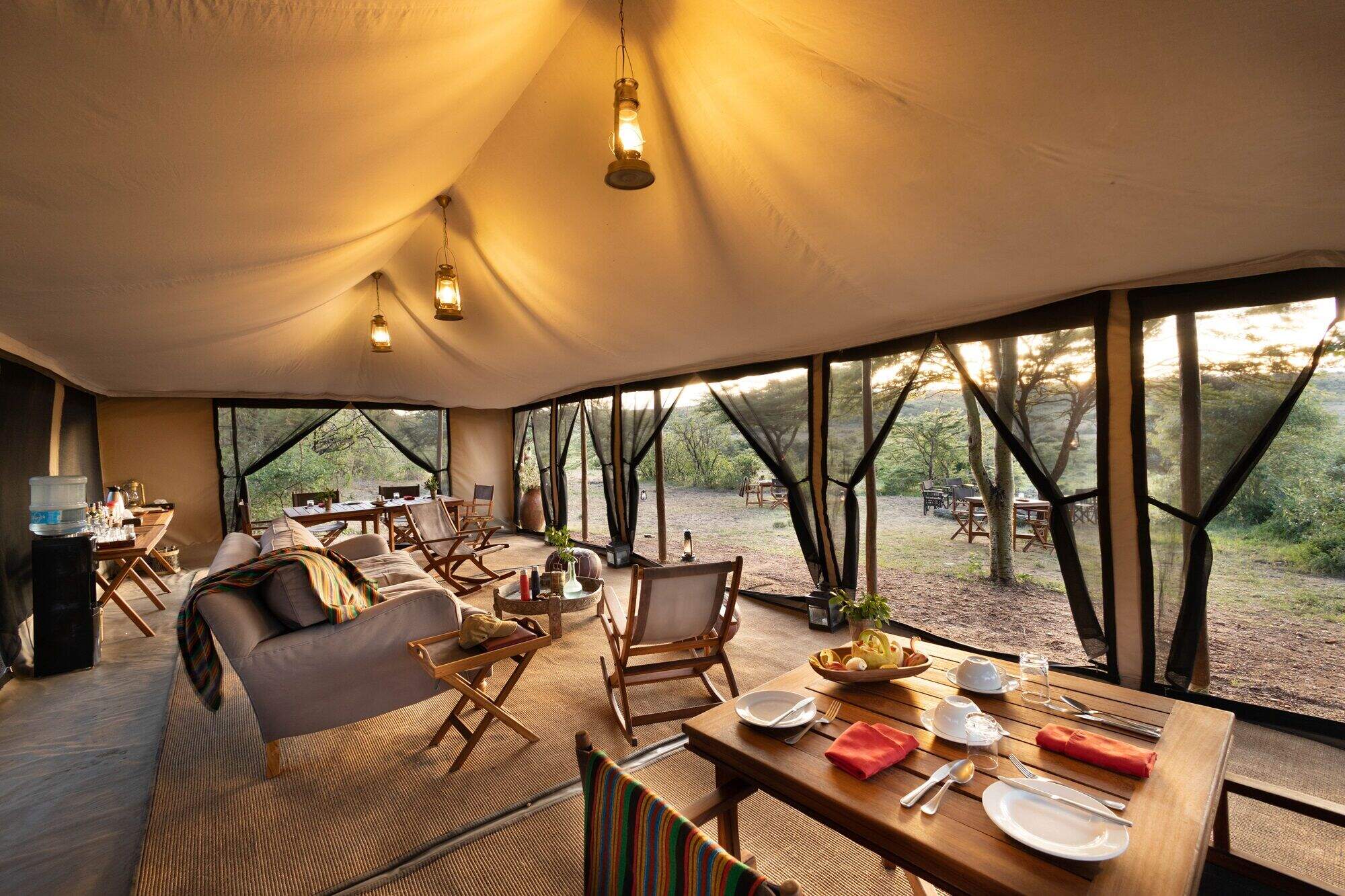
Basecamp Wilderness
Basecamp Wilderness Camp is a simple, traditional tented camp, set in a remote valley in the Naboisho Conservancy in the Mara ecoystem.
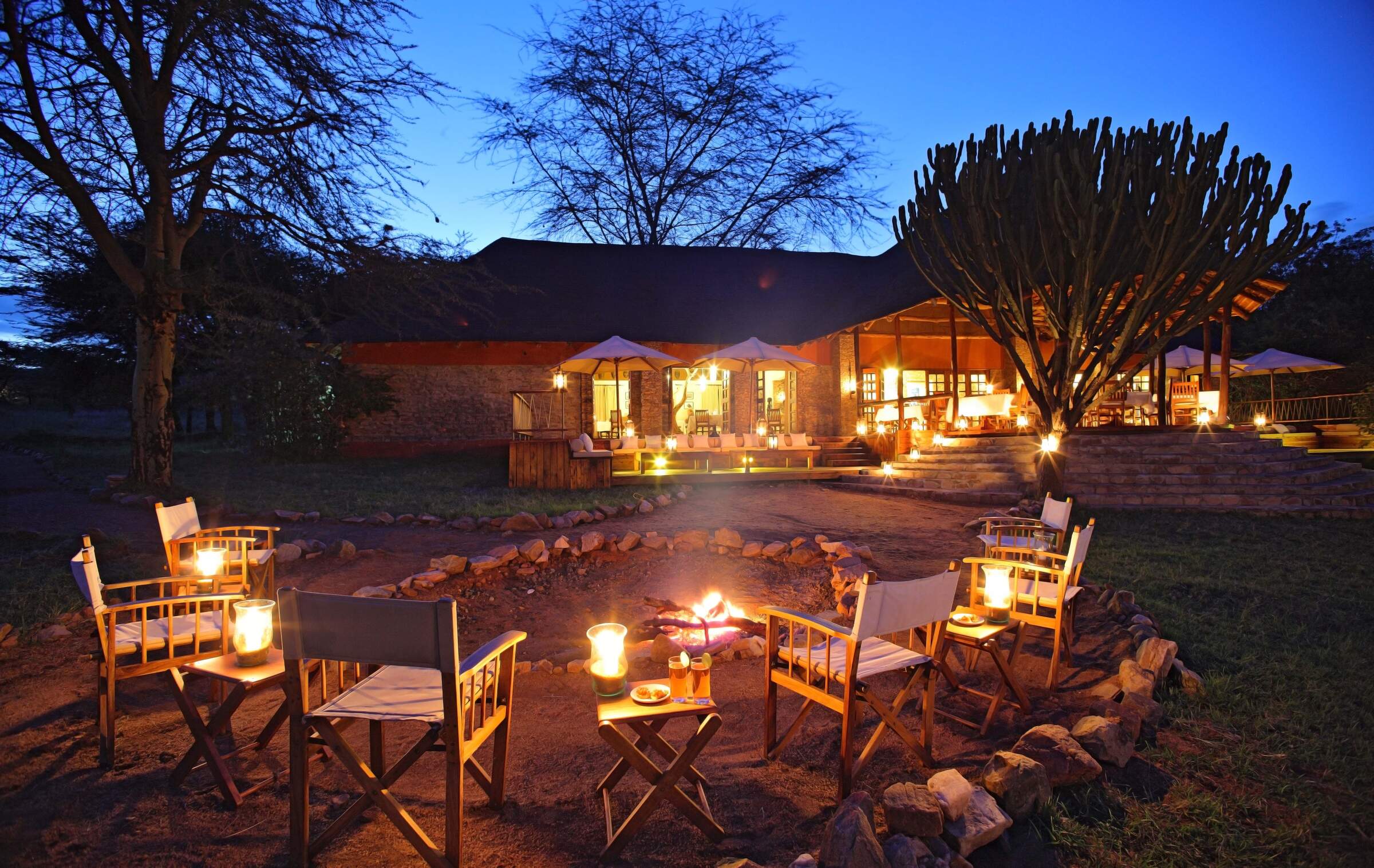
Mara Bushtops
Mara Bushtops is a luxury safari hotel on a private concession, outside the Maasai Mara National Reserve, with the emphasis on comfort, relaxation and good food and wine.
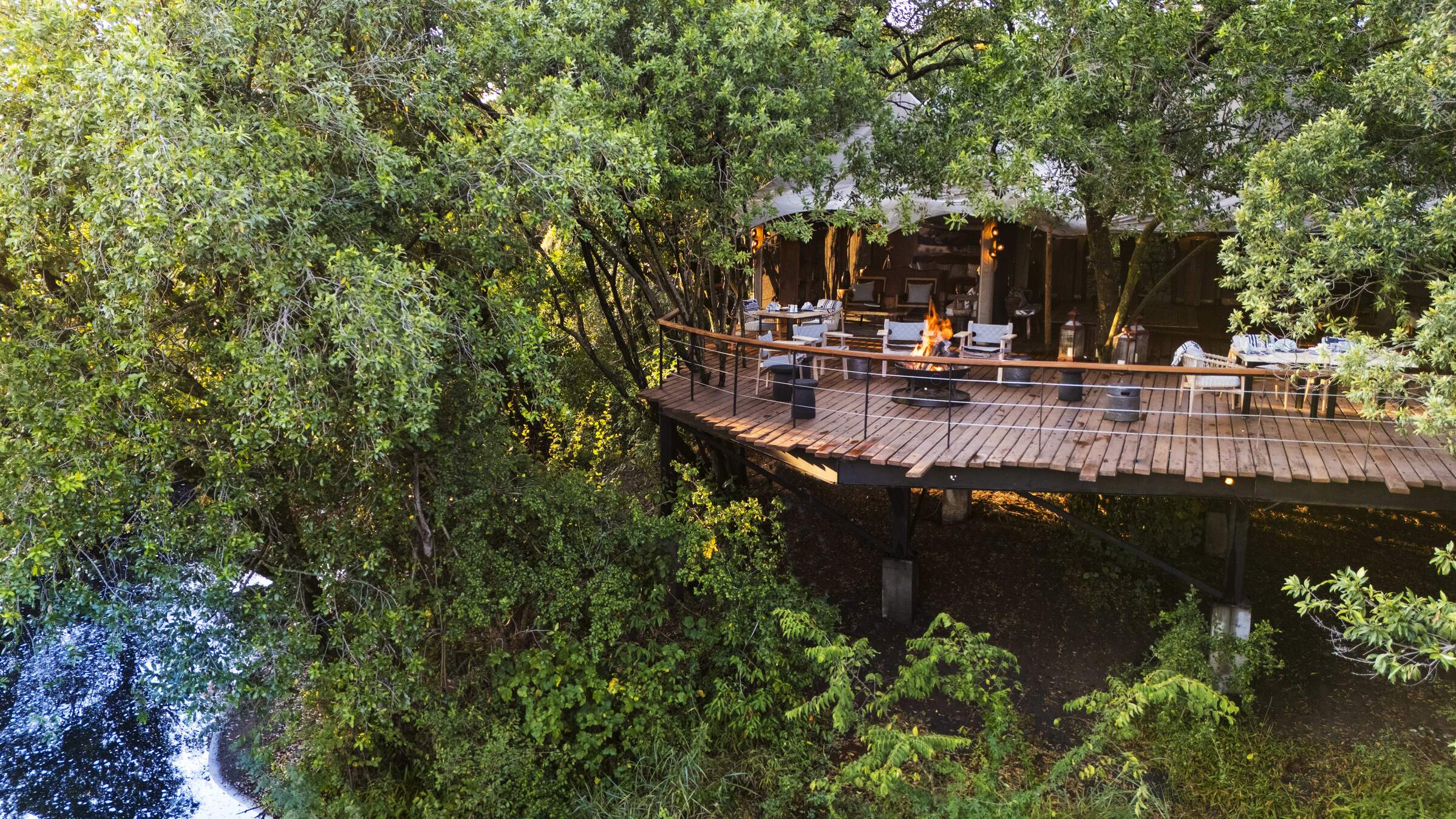
Mara Toto Tree Camp
Mara Toto Tree Camp is located on a wooded bend of the Ntiakatek River, 1km south (as the pied crow flies) from its sister camp, Mara Plains. It's the offspring of the original "Mara Toto" which was swept away in floods.
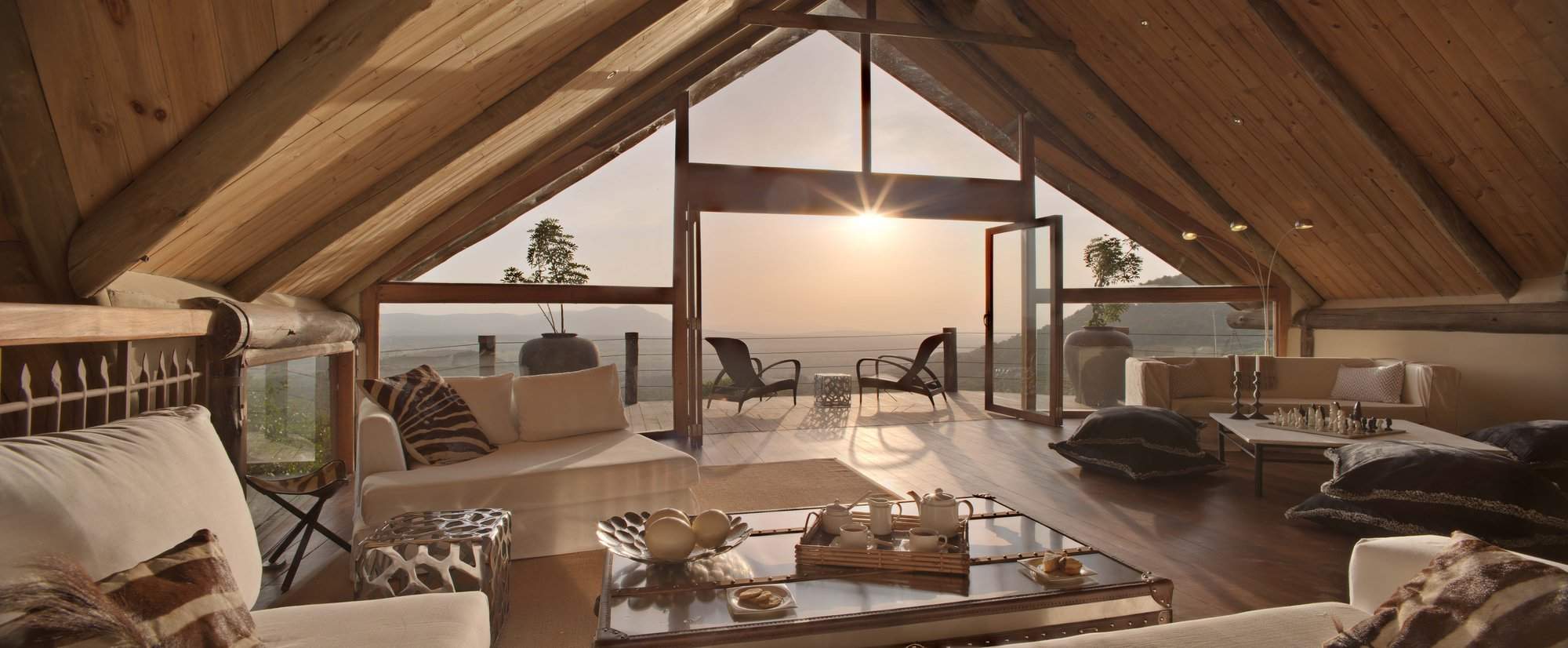
Cottars Private House
Cottar's Private House is one of the few truly luxurious, modern private houses in the Mara ecosystem, spoiling its guests with first-rate staff, a swimming pool and wonderful views.
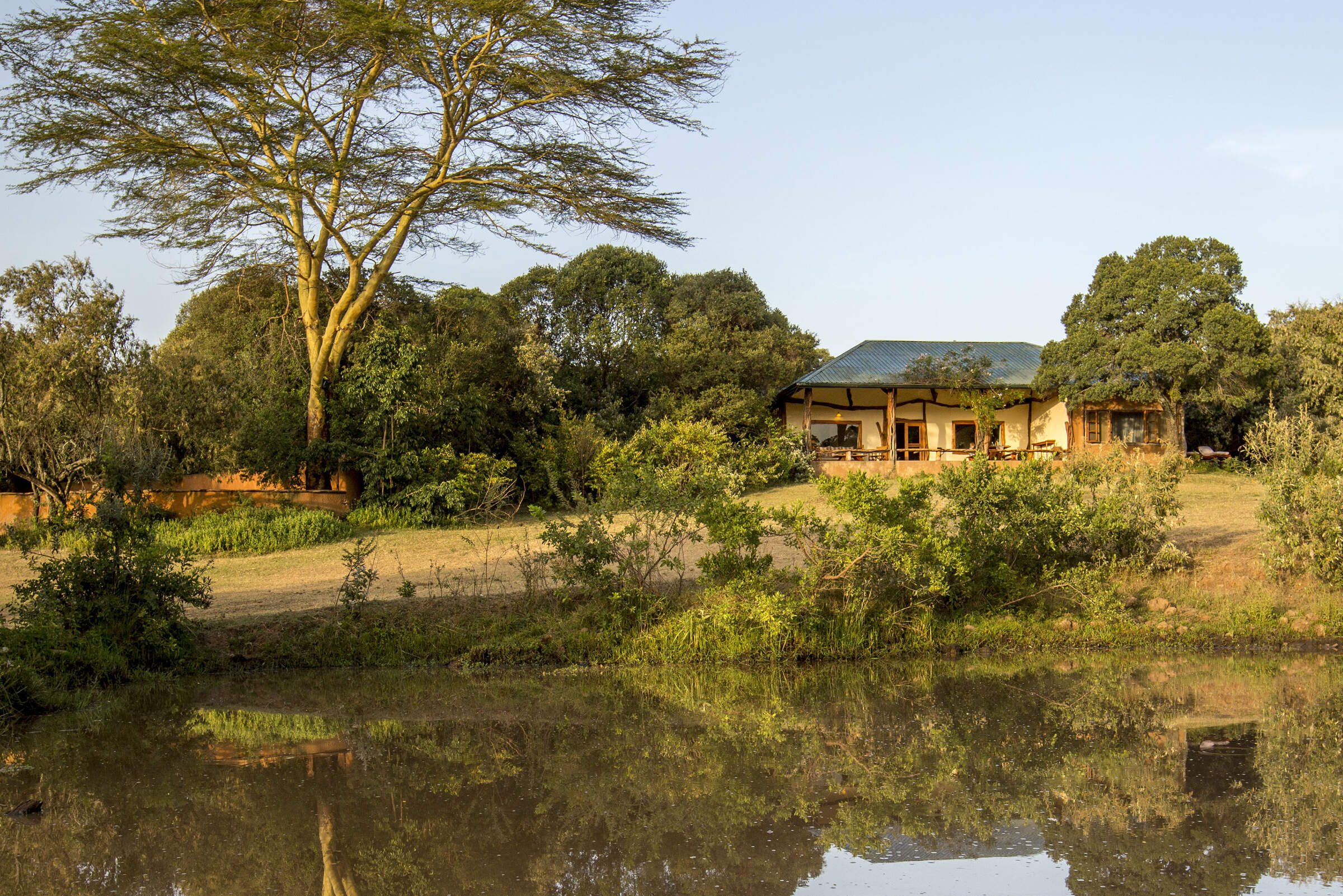
Basecamp Mara Houses
Basecamp Mara Houses consists of three private houses located in the northernmost part of the Mara North Conservancy.
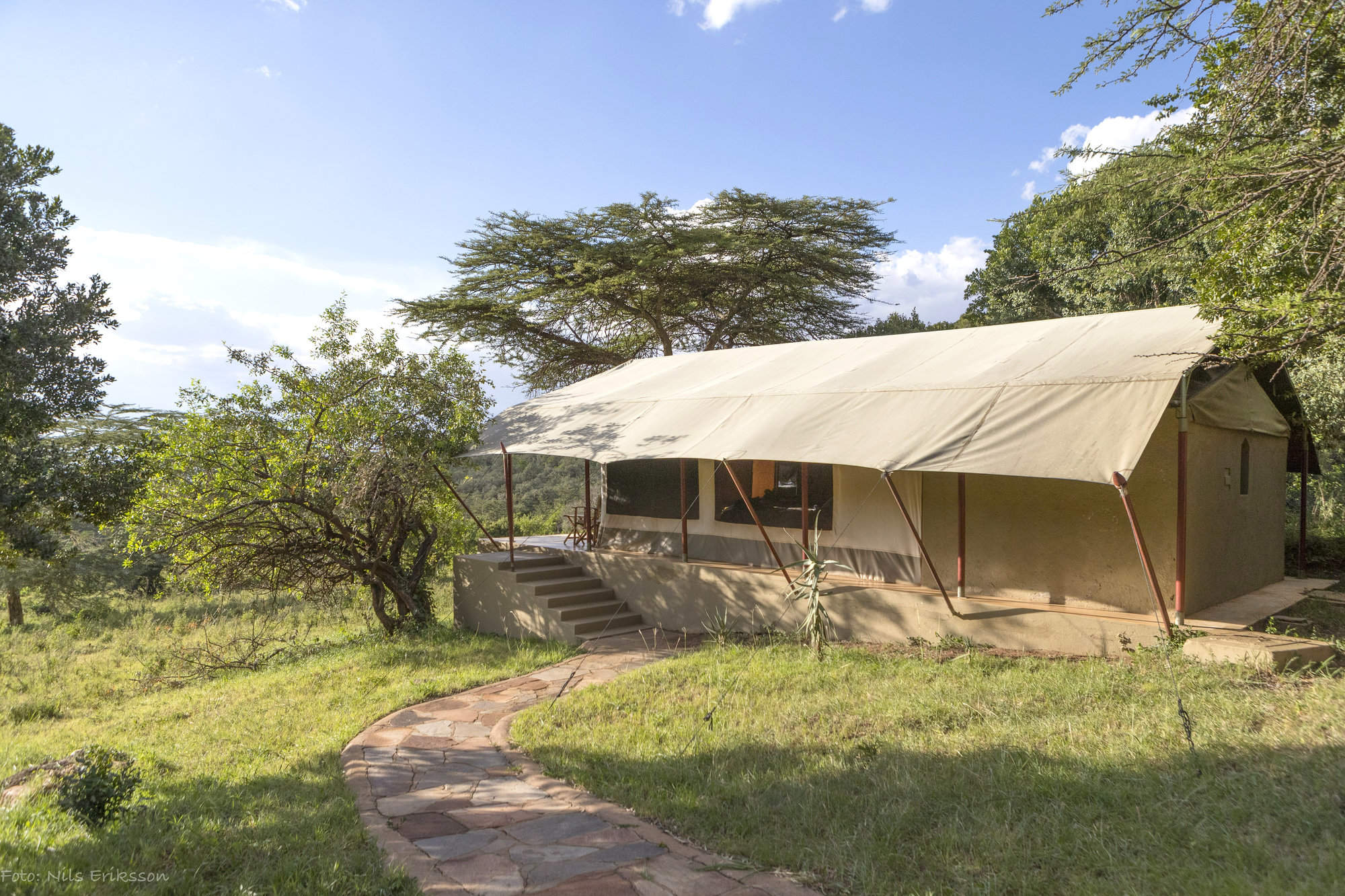
Entumoto
Entumoto is a high-end tented camp, with a swimming pool, situated in a very pretty location on the east side of the Maasai Mara ecosystem.
When to go to Maasai Mara Conservancies
Our month by month guide: What it's like to visit Saruni Wild in Maasai Mara Conservancies
Jan
Feb
Mar
Apr
May
Jun
Jul
Aug
Sep
Oct
Nov
Dec
Kenya in January
Clear, hot days and warm nights make this high season a popular time for safaris and it’s also good for diving and snorkelling as water clarity is excellent and gets better as the dry season progresses. Most lodges and tented camps treat January after the New Year week is over, as mid-season, making it a good compromise in terms of value for money with reasonably reliable, dry weather and some greenery left in the landscape.
Expert Africa bases its description of climate and weather in January, like the other months of the year, on the climate records of roughly the last 100 years, and it's fair to say that the weather and seasons since the beginning of this century have been highly irregular and unpredictable.
- On average, January is the second driest month of the year
- Elephants dig waterholes in the dry riverbed in the Samburu reserve.
- Wildebeest and many antelope have their calving season, to February.
- Migrant birds are seen in huge numbers, especially in the Rift Valley.
- Sea water clarity around the coral reefs generally good.
Our view
Fantastic: the very best time to visit
Weather in January
Kenya in February
With the short dry season well established, the grass grazed down and wildlife gathering close to water points, this is still a good time for a safari. Good water clarity in the Indian Ocean's coastal waters makes for excellent diving and snorkelling conditions.
Expert Africa bases its description of climate and weather in February, like the other months of the year, on the climate records of roughly the last 100 years, and it's fair to say that the weather and seasons since the beginning of this century have been highly irregular and unpredictable.
- On average, February is the driest month of the year.
- It’s sometimes possible to swim with whale sharks at Diani Beach.
- Migrant birds are still seen everywhere, especially near water.
- This is usually peak calving season for wildebeest and many antelopes.
- This month is often the hottest of the year, especially on the coast.
Our view
A very good time to visit
Weather in February
Kenya in March
Hot, increasingly humid weather – with good diving and snorkelling conditions at the start of the month – gives way to rains and lower accommodation costs. Expert Africa bases its description of climate and weather in March, like the other months of the year, on the climate records of roughly the last 100 years, and predicting the seasons since the beginning of this century has been difficult.
March is the month when – traditionally – intensely hot conditions build up until a cloudburst finally happens at the end of the month or in early April, to relieve the humidity. As ever, regional variations across the country can greatly impact on visitors' experiences.
- Sea-water clarity is best for diving before the long rains start.
- Visitor numbers are low, though the Easter holidays can be busier.
- Night skies can be scintillatingly clear in early March.
- Cropped down savannah grasses can make it easier to see the wildlife.
- Temperartures climb high, especially at lower elevations.
Our view
A good time to visit, with pros & cons
Weather in March
Kenya in April
April sees the full onset of the southeast monsoon wind or kusi, which heralds the long rains. Temperatures drop soon after the rains are established and you’ll often have facilities largely to yourself in this more affordable low season, sometimes known as the "green season". The bush quickly springs to life, with greenery sprouting almost before your eyes. While you're likely to get a fair number of heavy showers, the breaks in the rain can yield sparklingly clear conditions.
With the dust settled and bright sun piercing the clouds, conditions can be sublime for photography, especially first thing in the morning or in the late afternoon with another storm brewing. You may be lucky, or you may find conditions very wet and muddy.
- A wet month, the coast often gets more than 300mm (12in) of rain.
- Sunny spells can provide great light for photography.
- Buffalo and zebra calving season often happens in this month.
- Baby crocodiles hatch, for example on Central Island in Lake Turkana.
- Palearctic migrant birds gather to fly north to breeding grounds.
Our view
A time to avoid if possible
Weather in April
Kenya in May
While game viewing can be trickier as vegetation runs riot, between the cloudbursts the colours and light are great for photography at this time of year. Expert Africa bases its description of climate and weather in May, like the other months of the year, on the climate records of roughly the last 100 years, and while it's reasonable to expect heavy rains in many parts during this month, especially on the coast, the rains don't always come evenly or in some areas come at all.
In an El Niño year, the so-called long rains that normally are established across much of the country by May can be meagre, to the despair of farmers. On the other hand in a La Niña year, the long rains can bring floods. On the coast, the monsoon winds make the climate much more predictable, with heavy rains common throughout this month.
- Frogs breed in the ponds in the Arabuko Sokoke Forest near Watamu.
- Wildebeest, impala and other grazers are in rut (the breeding season).
- Kilimanjaro looks its best as heavy rain falls as snow on the summit.
- There's a sharp peek of rainfall on the coast with many rainy days.
- Accommodation prices are uniformly low, while some camps close.
Our view
A time to avoid if possible
Weather in May
Kenya in June
The rains give way to cloudy, cooler weather, often making for comfortable conditions by the end of the month, especially in the highlands. Starting from mid-June or the beginning of July and running until the end of October, this is the high season, and accordingly has higher accommodation rates and – at least until early September – higher numbers of visitors.
While the early part of June can often be rainy on the coast, it can be a great time to go on safari, with fresh greenery, many young animals and good photographic conditions with clear air.
- The Taru Desert, inland from the coast, is carpeted with flowers.
- The Lake Turkana Cultural Festival is held in Loiyangalani.
- Madaraka Day (commemorating self rule) is 1 June.
- The annual Lewa marathon runs a course through the wildlife.
- The Diani Rules "sports" event rips up the rulebook at Diani Beach.
Our view
A good time to visit, with pros & cons
Weather in June
Kenya in July
Kenya’s “winter" season sets in (winter is a misnomer but locals feel the change), and the highlands can be rather grey. Skies are often cloudy and the days can be surprisingly cool, with an average daytime high in many highland safari areas of 15-20°C and night-time temperatures dropping below 10°C in Nairobi and the highlands. Lower parts of the country and the coast are usually warm and dry, typically reaching highs of around 25°C with lows in the high teens.
As this is the start of the high season, coinciding with the usual arrival of the wildebeest migration in the Maasai Mara, July is a busy month. Ask your Expert Africa specialist to advise on how to avoid the crowds, which is not that difficult to do.
- The wildebeest migration usually reaches the Maasai Mara in July.
- Simbi Lake (Kisumu) and Crater Lake (Naivasha) can attract flamingoes.
- Watersports start to pick up and some surfing is possible at Malindi.
- Afternoon thunderstorms are a common feature in the Maasai Mara.
- The sea can be choppy along the coast, making diving difficult.
Our view
A good time to visit, with pros & cons
Weather in July
Kenya in August
The Great Migration fills the plains of the Maasai Mara, and school’s out, so the park roads are full of tourists – ask your Expert Africa specialist for advice on crowd avoidance tactics. Choose a private conservancy rather than a public national park or national reserve for quieter conditions.
Like July, August is generally mild and relatively dry in the safari areas, but it can be very chilly in the highlands, even in the middle of the day, and hail occasionally falls above altitudes of around 2,400m (8,000ft). Nairobi can be disappointingly overcast, with low cloud.
- Apart from Christmas holidays, this is the busiest month of the year.
- Late August sees peak wildebeest drama at the Mara River crossings.
- Coastal winds are good for kite- and wind-surfing.
- Few mosquitoes are around at this generally dry time of year.
- The annual Camel Derby takes place in the Samburu capital, Maralal.
Our view
A good time to visit, with pros & cons
Weather in August
Kenya in September
The skies clearing of cloud signals the start of hot, dry weather with little chance of rain – and, after the first few days of the month, far fewer visitors – making the latter part of September a good time for a quieter safari. While early September is often good for dramatic migration crossings along the Mara River, you might consider deliberately postponing your trip until later in the month, when the migration can still be very impressive and visitor numbers fewer.
If tourist surges are somewhat predictable, however, the patterns of the wildebeest migration are more volatile, and like all of Expert Africa's climate and weather assessments, they are based on accumulated years of experience rather than guaranteed certainty.
- This is still high season, with prices to match.
- Many river crossings take place on the Mara river in both directions.
- Natural bush fires flush out insects and small animals for predators.
- The Rift Valley Music Festival takes place by Lake Naivasha.
- With school holidays over by early September, late-month is quieter.
Our view
Fantastic: the very best time to visit
Weather in September
Kenya in October
Still hot, mostly dry and not too busy, this is many people’s preferred month for a safari, and it’s also good for diving and snorkelling. The wildebeest and zebra herds of the great migration are often still to be seen, though in dwindling numbers. The swamps of Amboseli attract thirsty wildlife including large herds of elephants.
While we wouldn't expect much rain across most of the country this month, the climate has become so unpredictable that you can never say never, and the possibiity of the short rains – usually associated with November to mid-December, starting early, can't be discounted.
- This month sees the tail end of the great migration in the Mara.
- Palearctic migrant birds start to arrive, staying until March.
- Turtle nests hatch at Watamu, until November.
- Amboseli elephants focus on the swamps for their daily water.
- The Indian Ocean monsoon winds turn from southeast to northeast.
Our view
A very good time to visit
Weather in October
Kenya in November
The northeast monsoon wind or kaskazi heralds the start of the “short rains", usually some time in the second half of the month. From November to mid-December, this is the low season, and accordingly has lower accommodation rates and lower visitor numbers. Across most of the country you can expect warm, somewhat cloudy weather, with occasional heavy showers and localised flooding.
Expert Africa bases its description of the climate in November, like the other months of the year, on the records of roughly the last 100 years, and it's fair to say that the seasons since the beginning of this century have been highly irregular and unpredictable: some years the short rains don't come at all, or don't reach every part of the country. In an El Niño year, the November short rains can be very heavy, but in a La Niña year, they can fail completely.
- Swimming with dolphins in Lamu can be done from now until April.
- Birders gather at Ngulia in Tsavo West to ring Palearctic migrants.
- The Lamu Cultural Festival takes over the town and Lamu Creek.
- Agricultural shows often take place regional market towns.
- This is low season, so camps can be great value, with special offers.
Our view
A good time to visit, with pros & cons
Weather in November
Kenya in December
In a typical December, the rains usually finish by middle of the month, leaving the landscape looking its best, under clear blue skies, and heralding the start of the second peak tourist season from around 20 December to the first week of January. Our assessment of the likely weather in December, like the other months of the year, is based on climate records, and it's fair to say that the seasons since the beginning of this century have been highly irregular and unpredictable.
Christmas can sometimes be wet, but most years the rains have finished a week or two earlier, with the festive season ushering in the perfect combination of clear skies and sunshine by day and starry nights.
- Christmas and New Year are busy, with the lodges and camps full.
- Rates are highest after 24 Dec, with supplements on public holidays.
- Republic Day and Independence day are celebrated on 12 December.
- Good kite- and wind-surfing restarts, with strong northeasterly winds.
- Mango season begins, providing excitement for primates and elephants.
Our view
A good time to visit, with pros & cons
Weather in December

Looking for inspiration on where to travel next?
Visit our trip chooser to explore your options and find inspiration for your perfect African adventure
Inspire me